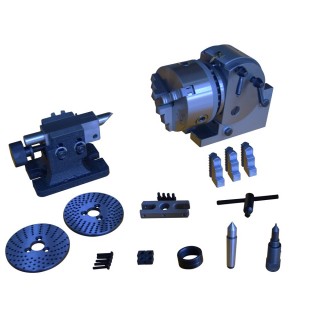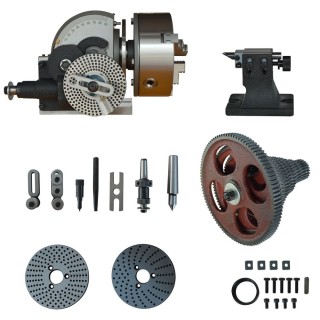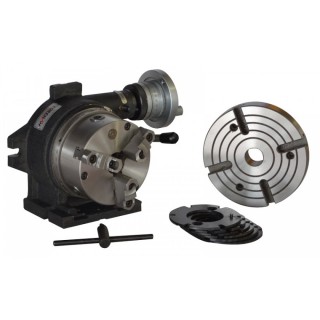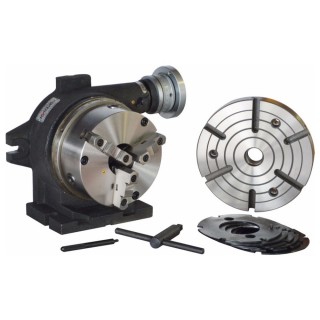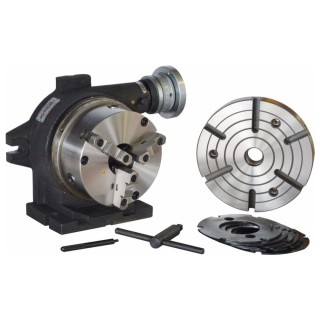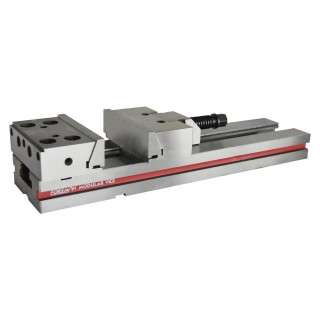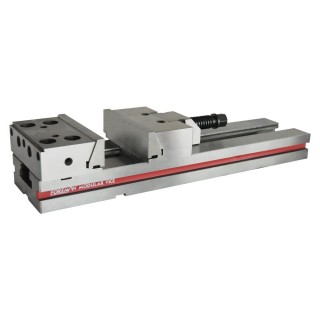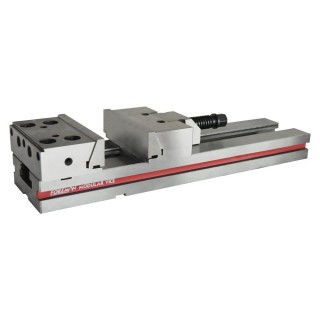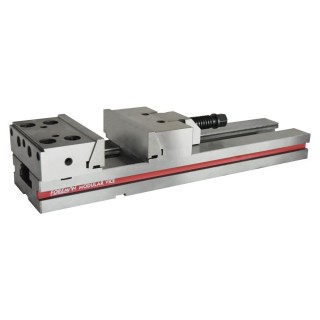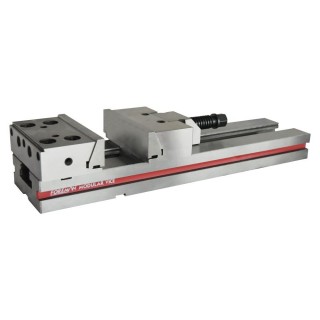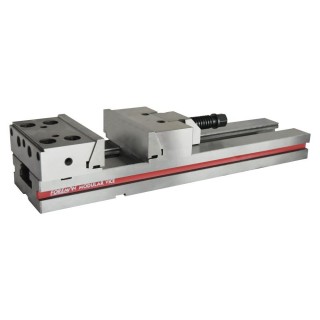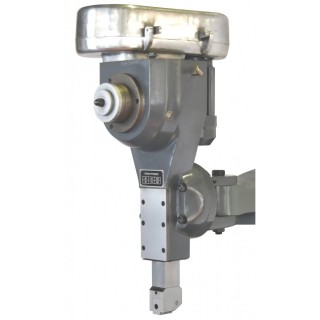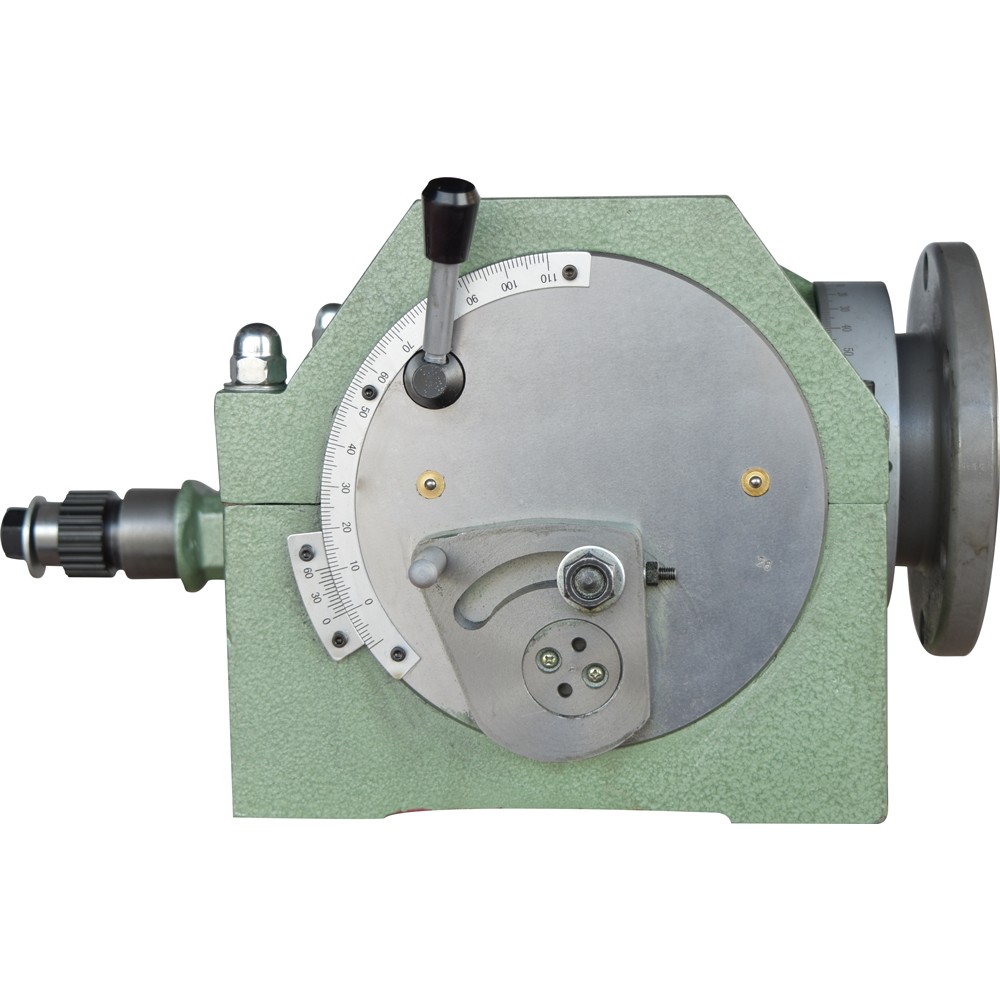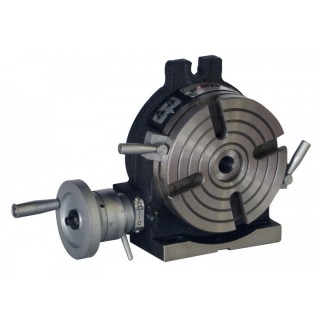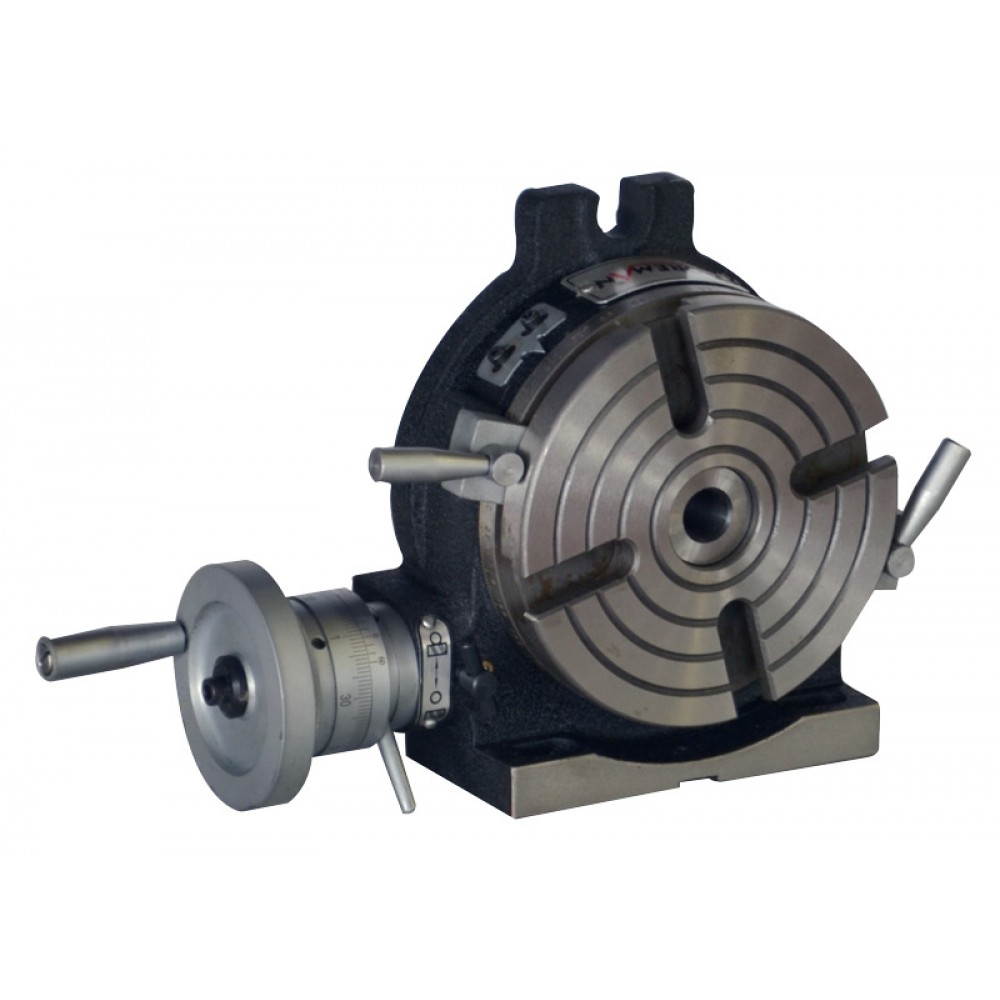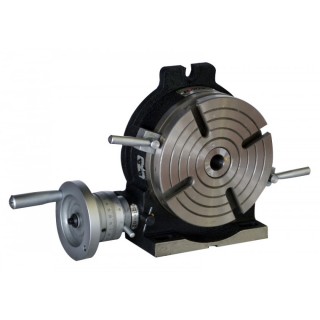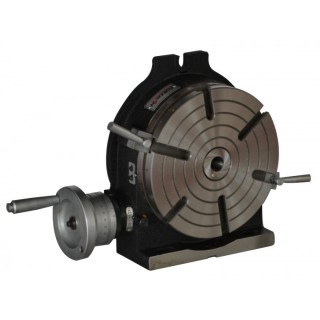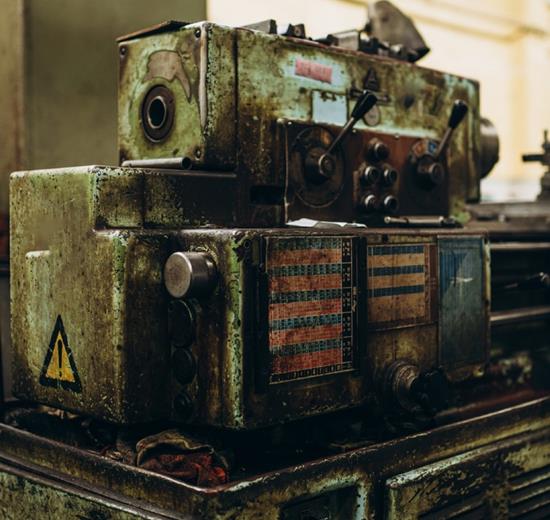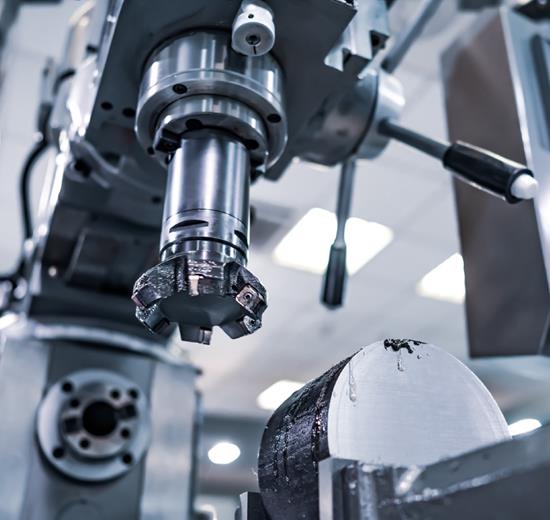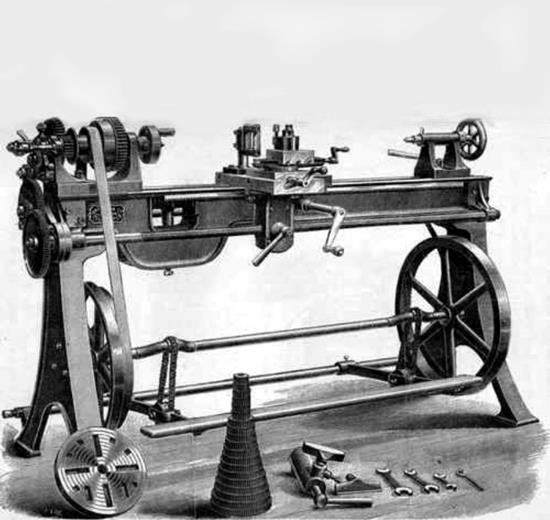Mirror Diameter 125 mm
Shaft Hole Diameter 18 mm
MT2 Tailstock Size
Mirror Diameter 160 mm
Shaft Hole Diameter 20 mm
MT3 Tailstock Size
Mirror Diameter 200 mm
Shaft Hole Diameter 25.4 mm
MT3 Tailstock Size
3 Legged Mirror 160 mm
Spindle Hole Diameter 40 mm
Positioning Accuracy 45‘’
Mirror Diameter 200 mm
Spindle Hole Diameter 65 mm
Positioning Accuracy 45‘’
Mirror Diameter 100 mm
Spindle Taper MT3
Left Hand Sleeves
Mirror Diameter 125 mm
Spindle Taper MT4
Left Hand Sleeves
Mirror Diameter 160 mm
Spindle Taper MT4
Left Hand Sleeves
Table Diameter 125 mm
Hole Morse MK3
Upright Centre Height 135 mm
Table Diameter 200 mm
Hole Morse MK3
Upright Centre Height 135 mm
Table Diameter 250 mm
Hole Morse MK3
Upright Centre Height 165 mm
SIK SORULAN SORULAR
Dividing head is equipment generally used in metalworking and manufacturing processes. The dividing head is used to divide, rotate and position the workpiece at certain angles. It is especially important in the production of gear wheels, multi-surface parts and precision angular operations.
Important factors to consider when buying a dividing head are as follows:
Needs and Intended Use
Application Type: Determine the type of work you will use the dividing head for (e.g. gear wheel production, precision angular machining, etc.).
Material Type: Consider the type of material to be machined (metal, plastic, wood, etc.).
Dividing Head Type:
Manual or CNC.
Manual dividing heads offer easy and economical solutions, while CNC controlled dividing heads are suitable for more complex and precise work.
Indexing or Universal: Depending on your needs, indexing dividing heads operating at fixed angles or universal dividing heads that can make more flexible angular adjustments can be preferred.
Precision and Accuracy
Angular Precision: Check the angular precision and accuracy of the dividing heads. For jobs requiring high precision, more sensitive dividing heads should be preferred.
Size and Capacity
Workpiece Size: Select a dividing head that matches the dimensions of the workpieces to be machined.
Load Capacity: Consider the maximum load capacity the dividing head can carry.
Structure and Durability:
Material Quality: The quality and durability of the materials used in the construction of the dividing head are important.
Workmanship and Design: A well-finished and robust design ensures a long life of the dividing head.
Compatibility and Integration
Machine Compatibility: Check that the dividing head is compatible with your existing machinery and equipment.
Maintenance and Service
Maintenance Requirements: Consider the maintenance needs of the dividing head and the ease of such maintenance.
Service and Support: Evaluate the service and support offered by the manufacturer or dealer.
Price and Budget
Price-Performance Balance: Consider the price-performance balance when choosing a dividing head that fits your budget.
Economic Lifespan: A dividing head that seems expensive to you may be more economical in the long run.
User Reviews and References
User Reviews: Research other users' experiences and reviews.
References: Ask for references from the manufacturer or seller and contact these references.
Choosing the right dividing head by taking these factors into account will both increase your work efficiency and reduce your costs in the long run.
The divider works by rotating and positioning the workpiece at certain angles. The basic working principle of the dividing head is as follows.
Assembly and Fixing: The workpiece is fixed to the dividing head table. This fixing ensures that the workpiece remains securely in the desired position and angle.
Angular Adjustment: The dividing head is used to rotate the workpiece at certain angles. In manual dividing heads, this rotation is usually achieved with a lever or handwheel.
Rotation of the Workpiece: After the desired angle is set, the workpiece is rotated. This is accomplished by mechanisms such as gear wheels, worm gears or stepping motors.
Precise Positioning: The dividing head is designed to precisely position the workpiece at the desired angle. This is particularly important in the production of multi-surface parts and gear wheels.
Cutting or Machining: Once the workpiece is positioned at the desired angle, it is cut or machined with a milling cutter, lathe or other machining tool. The dividing head ensures stable and accurate positioning of the workpiece during these operations.
Dividing head are produced in different types and features and are used for various industrial applications. Common; manual, automatic, different angles (vertical, horizontal, universal) and special purpose divider models.
Regular maintenance is required for proper operation and long life of the dividing heads. The basic steps of divider maintenance are as follows.
Cleaning
Regular Cleaning: Clean the dividing head after each use. Use a soft brush or air compressor to remove metal chips, oil and other contaminants.
Lubrication: Lubricate moving parts and gears regularly with suitable lubricants. Take care to use the manufacturer's recommended lubricants.
Inspection and Adjustments
Fastening and Screwing Checks: Check all screws, bolts and fasteners for tightness and tighten as necessary.
Precision Checks: Regularly check the precision and accuracy of the dividing head. Detect and correct angular errors using measuring instruments.
Wear and Damage Checks
Gear and Mechanism Checks: It is important to check gears, worm gears and other mechanisms for wear and damage. Replace worn or damaged parts.
Bearing and Housing Checks: Check the bearings and bearings for proper operation. Replace worn or deteriorated bearings and bearings.
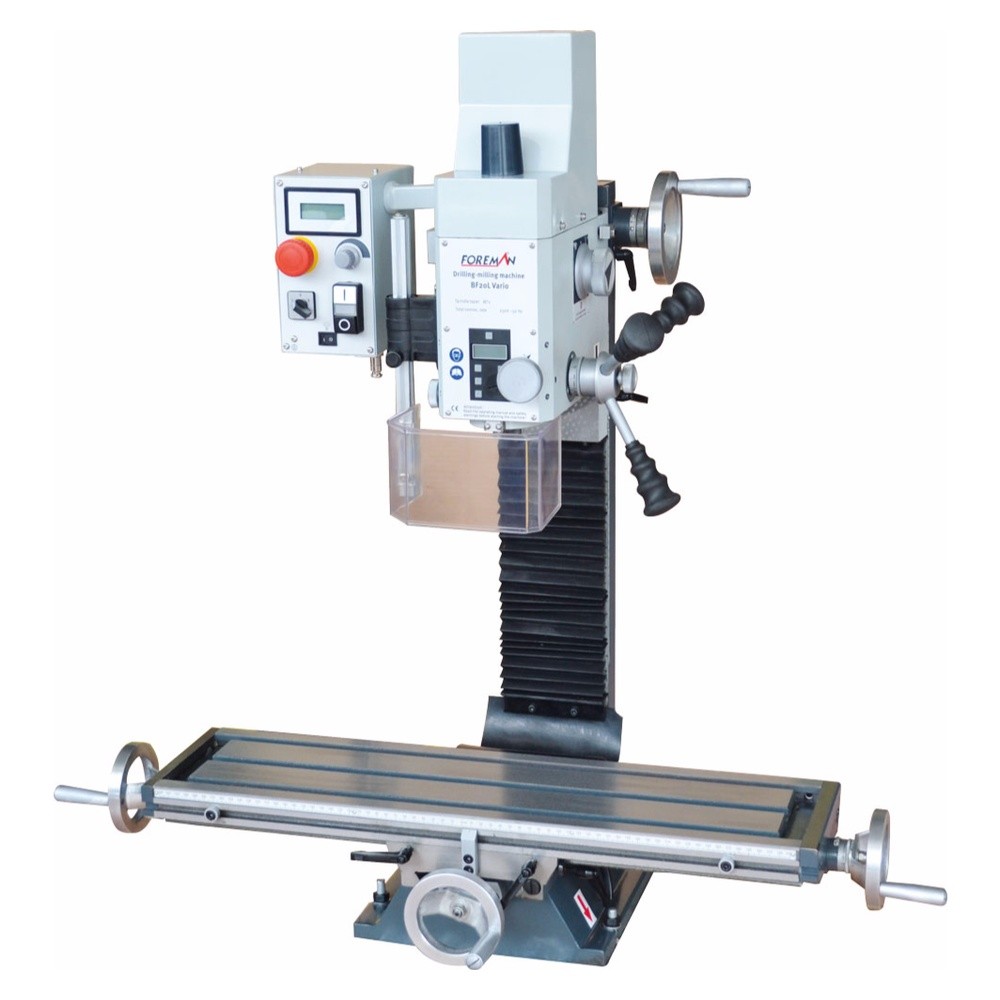
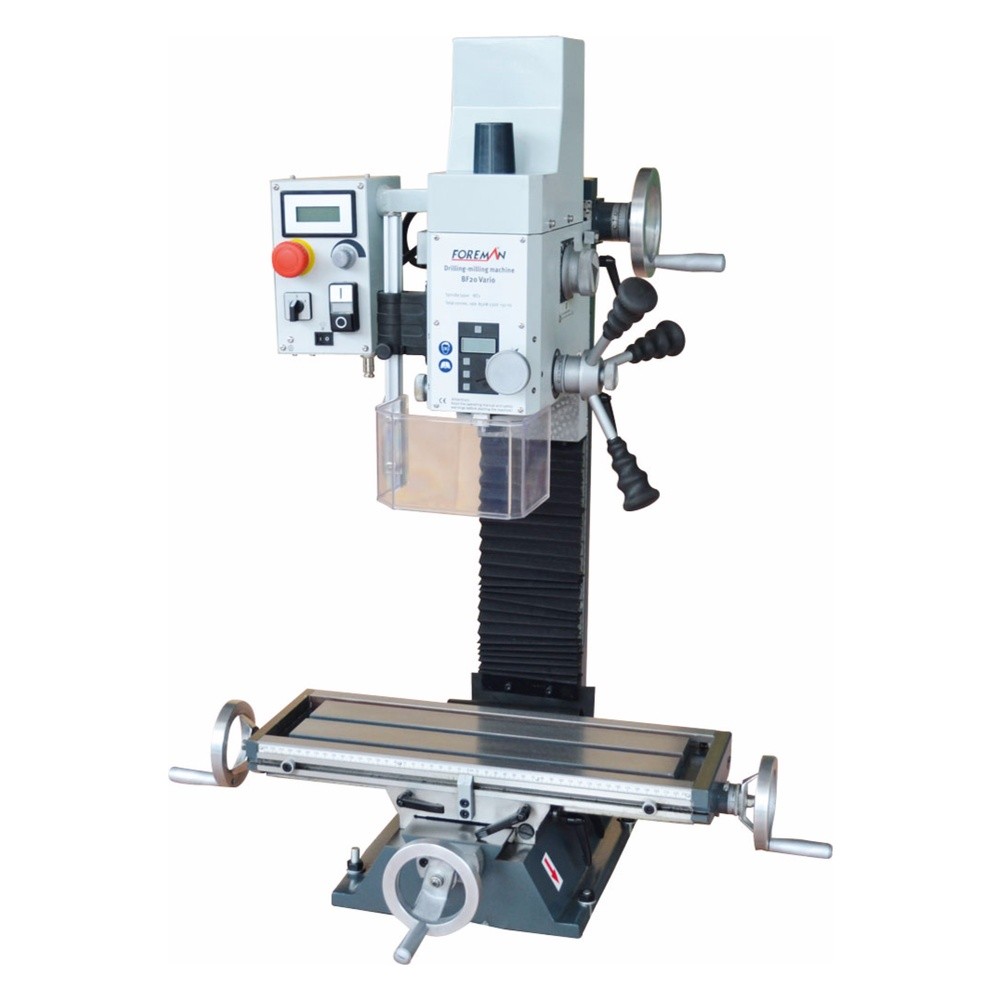
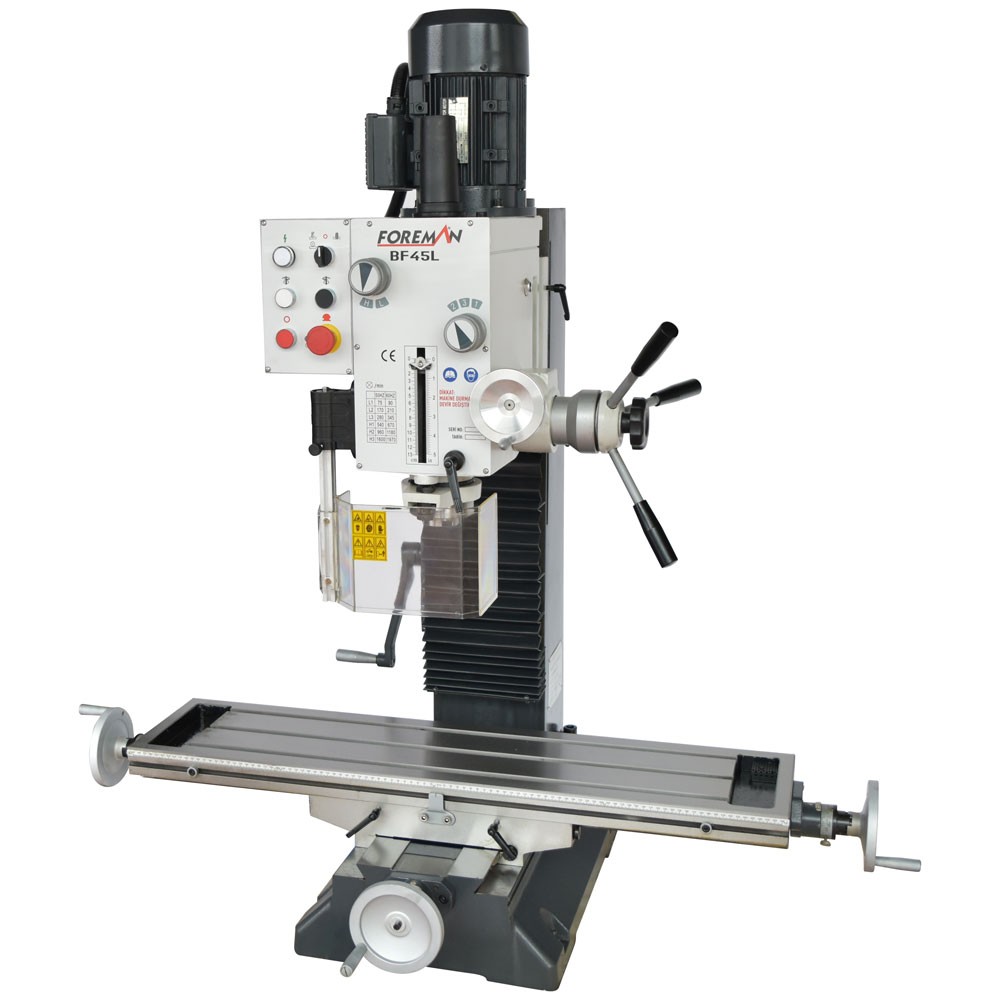
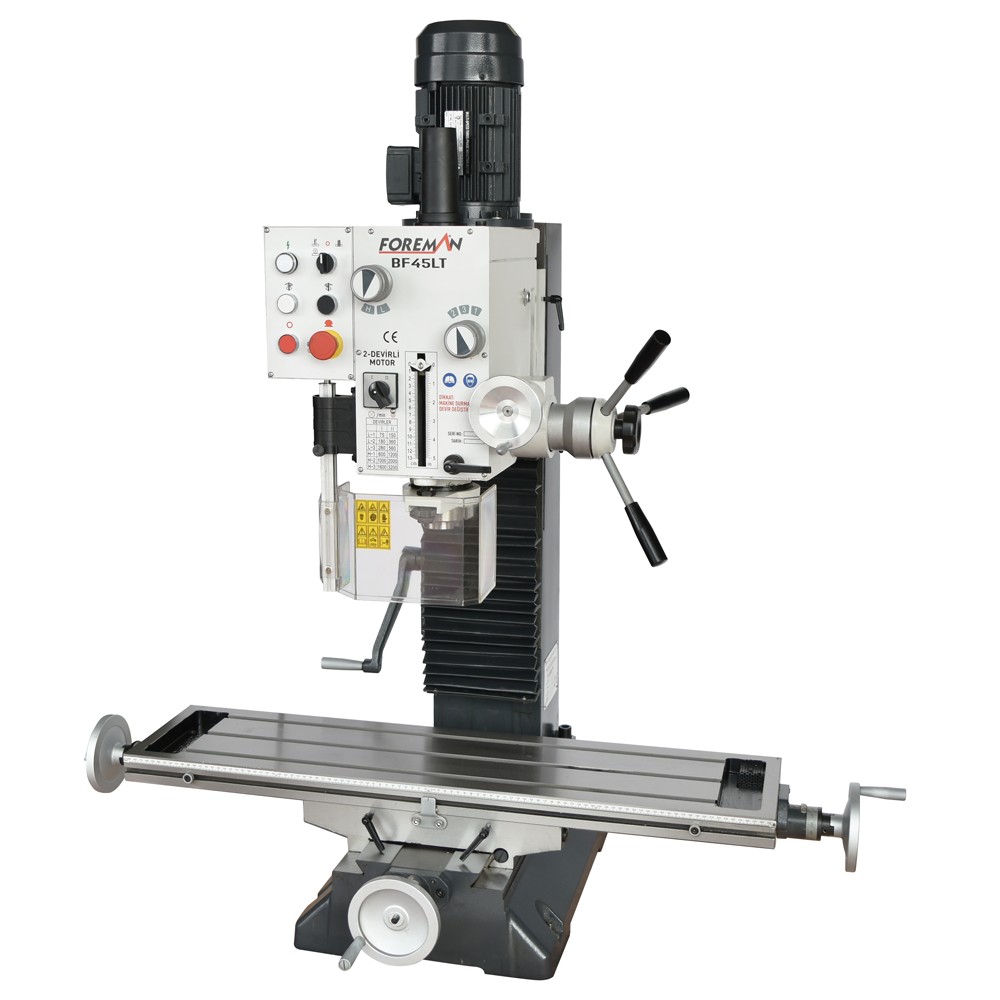
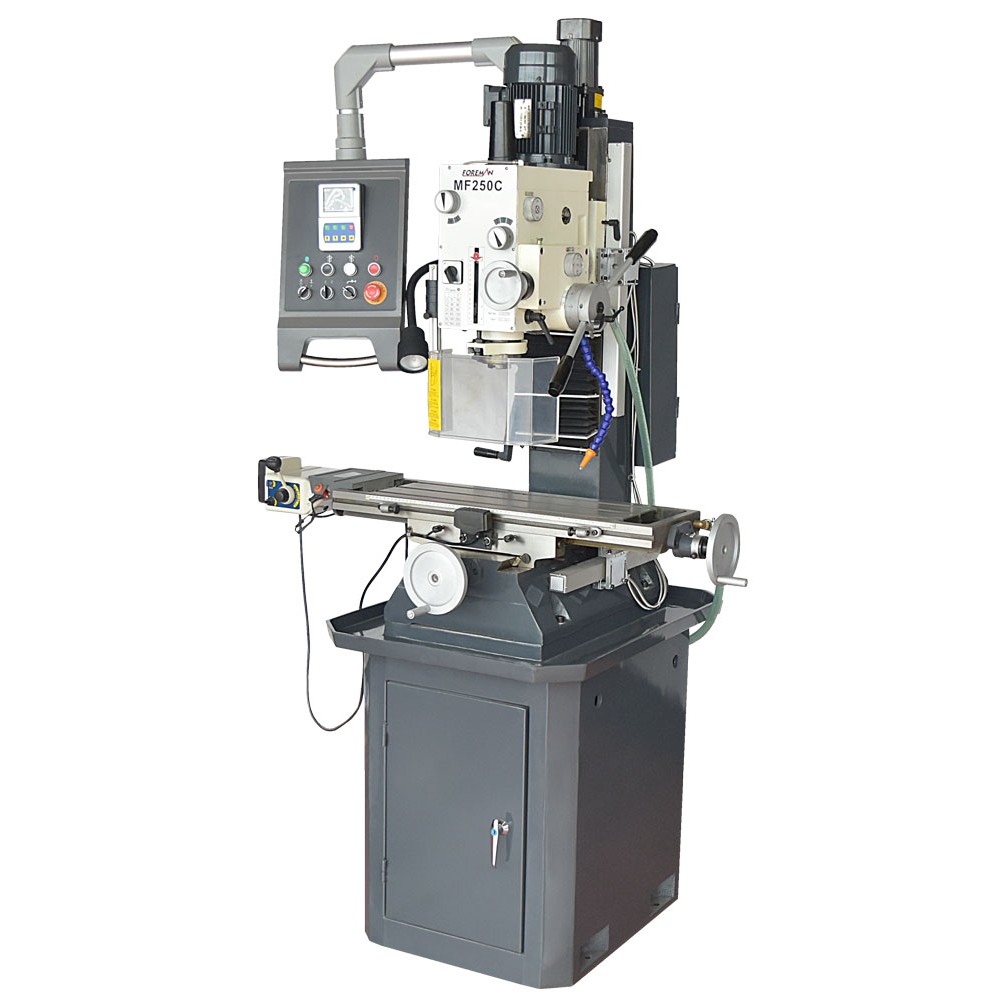
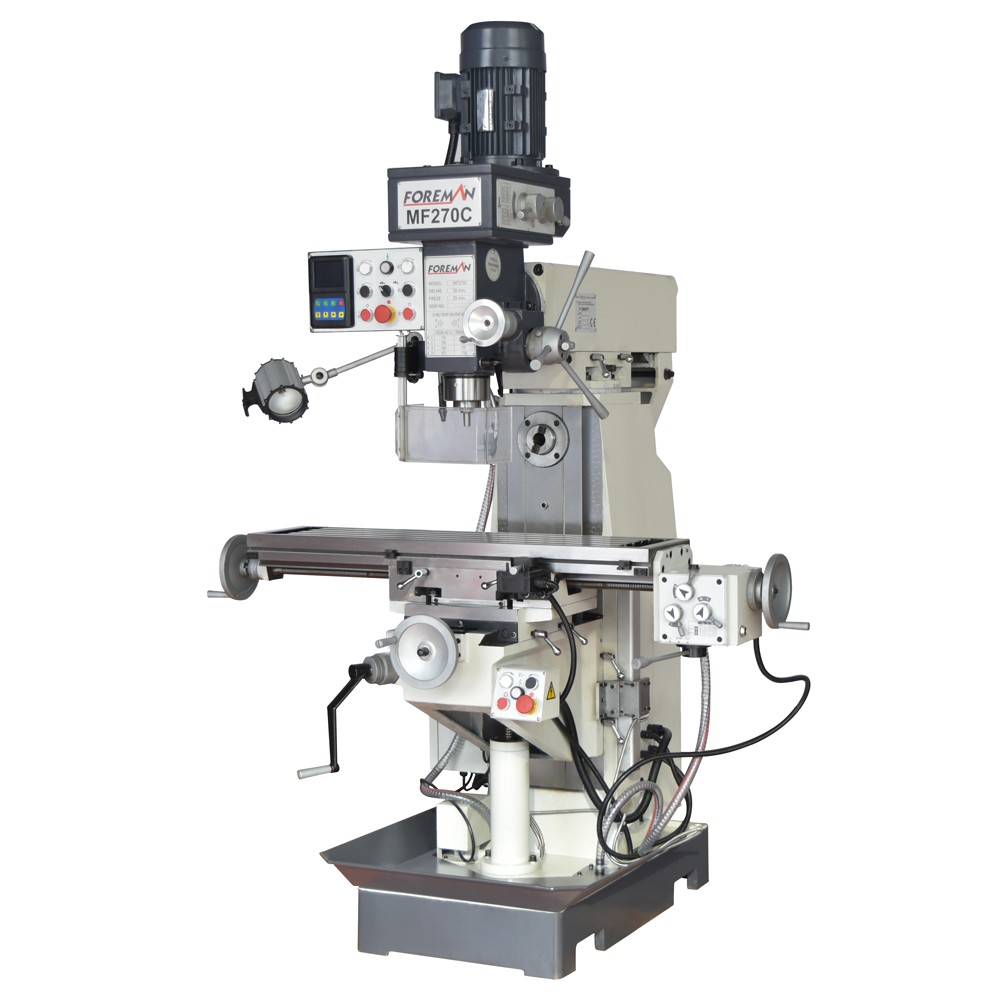
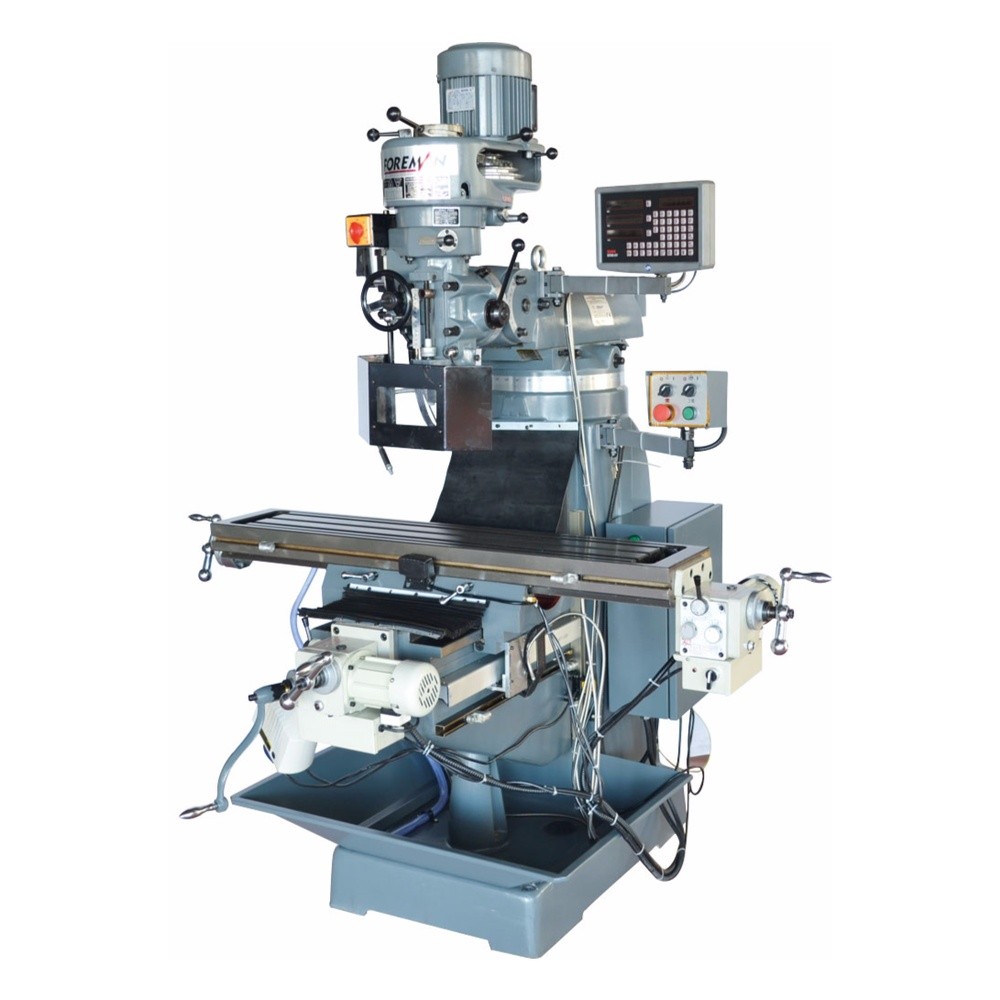
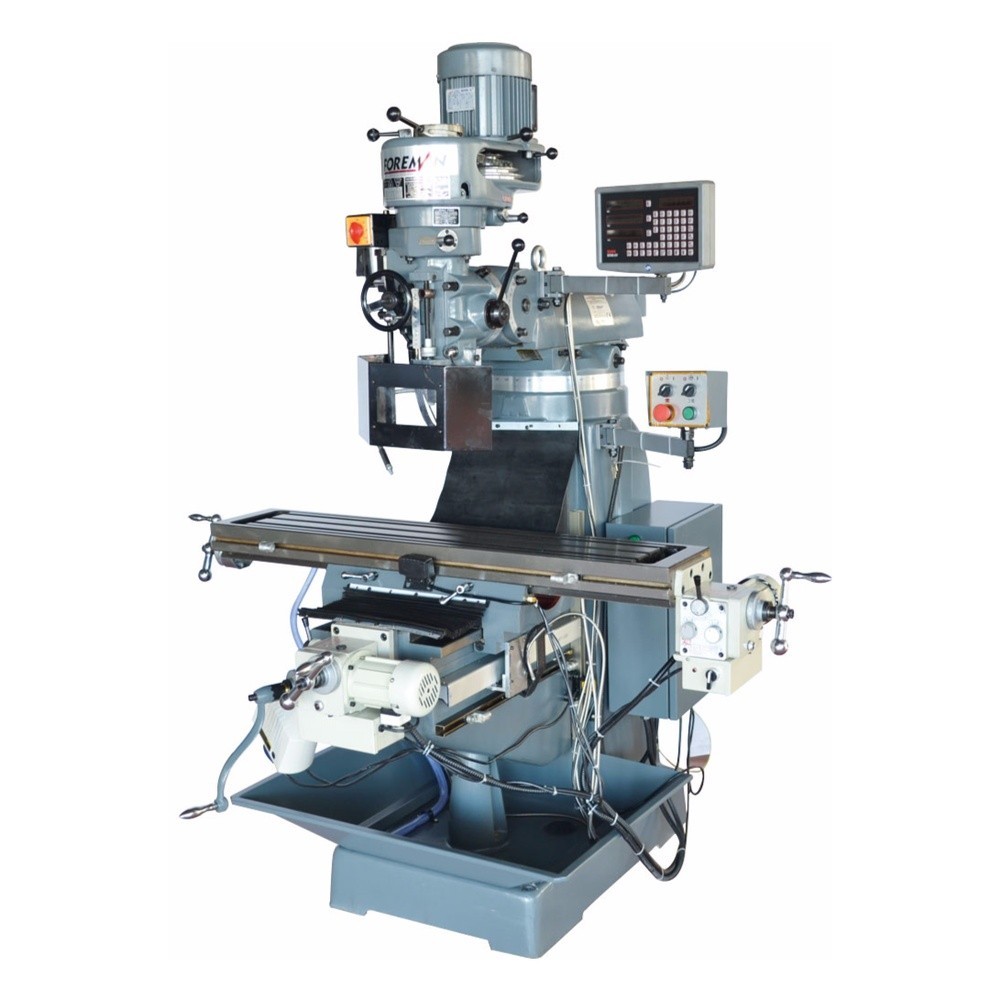
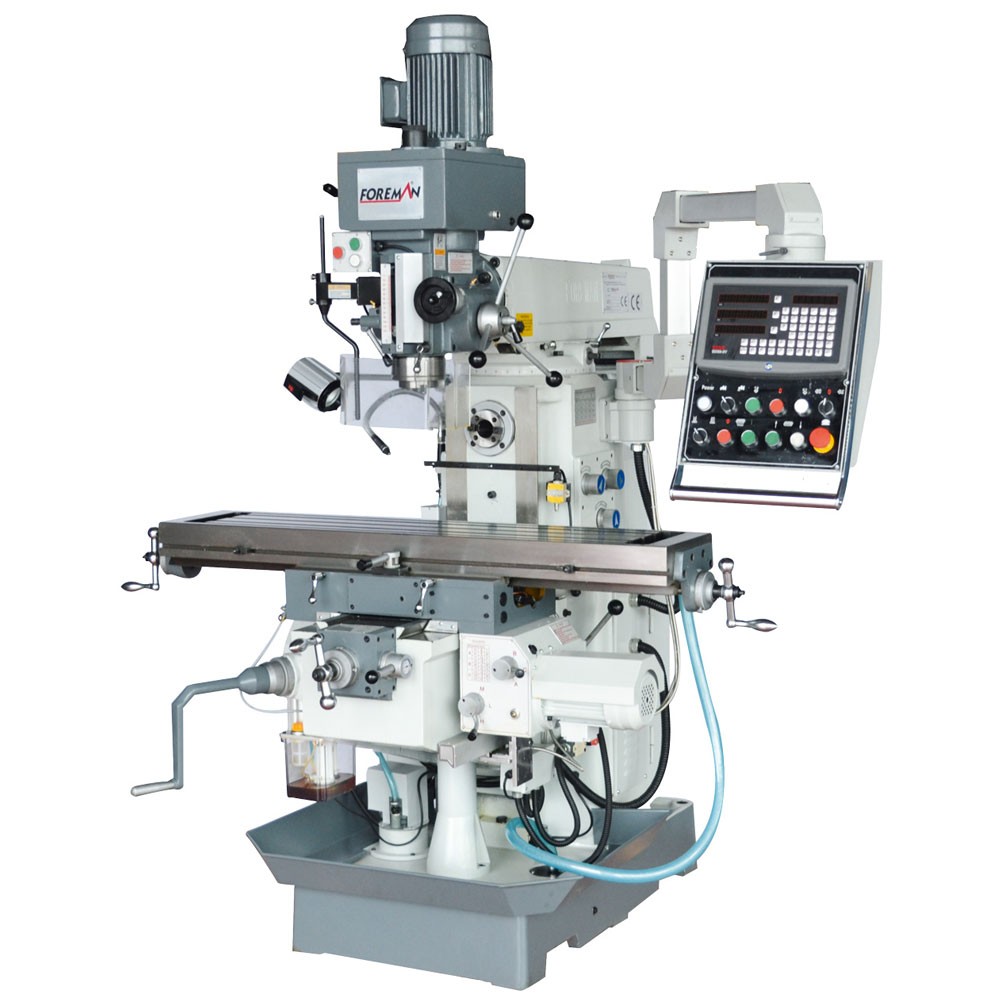
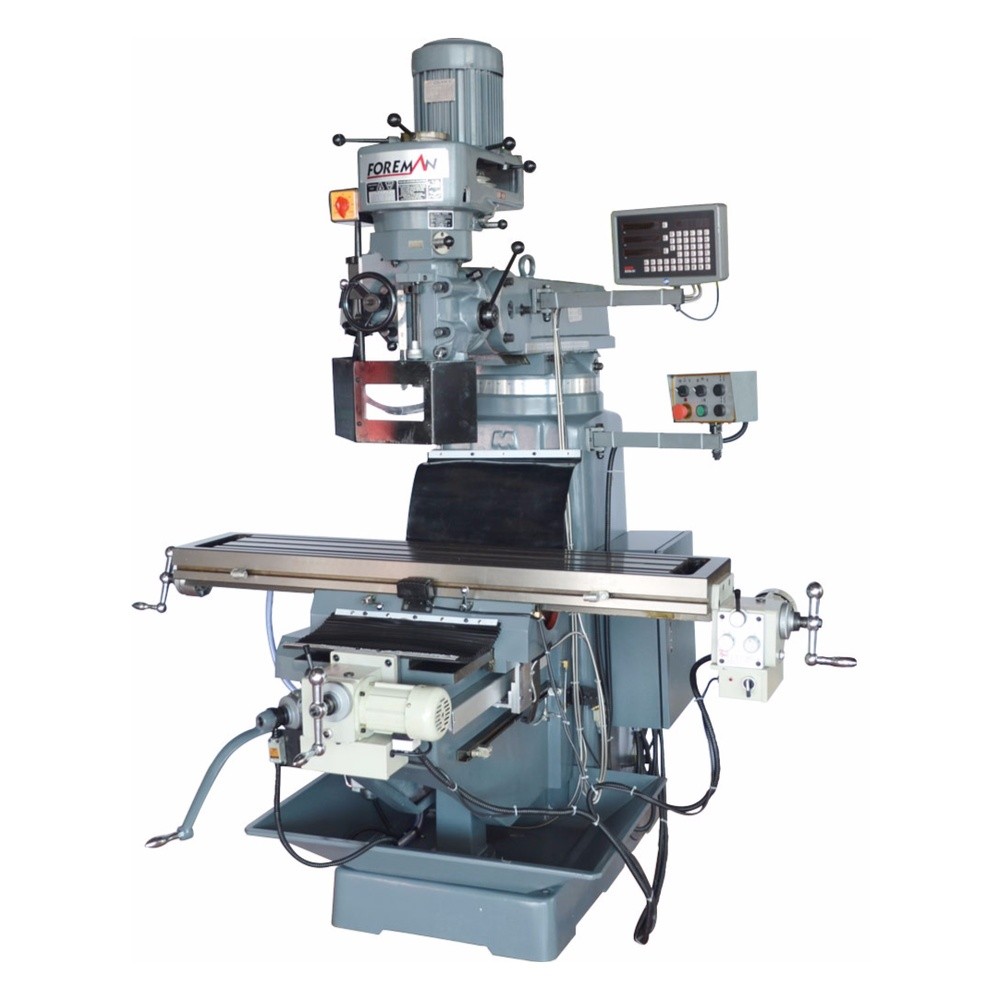
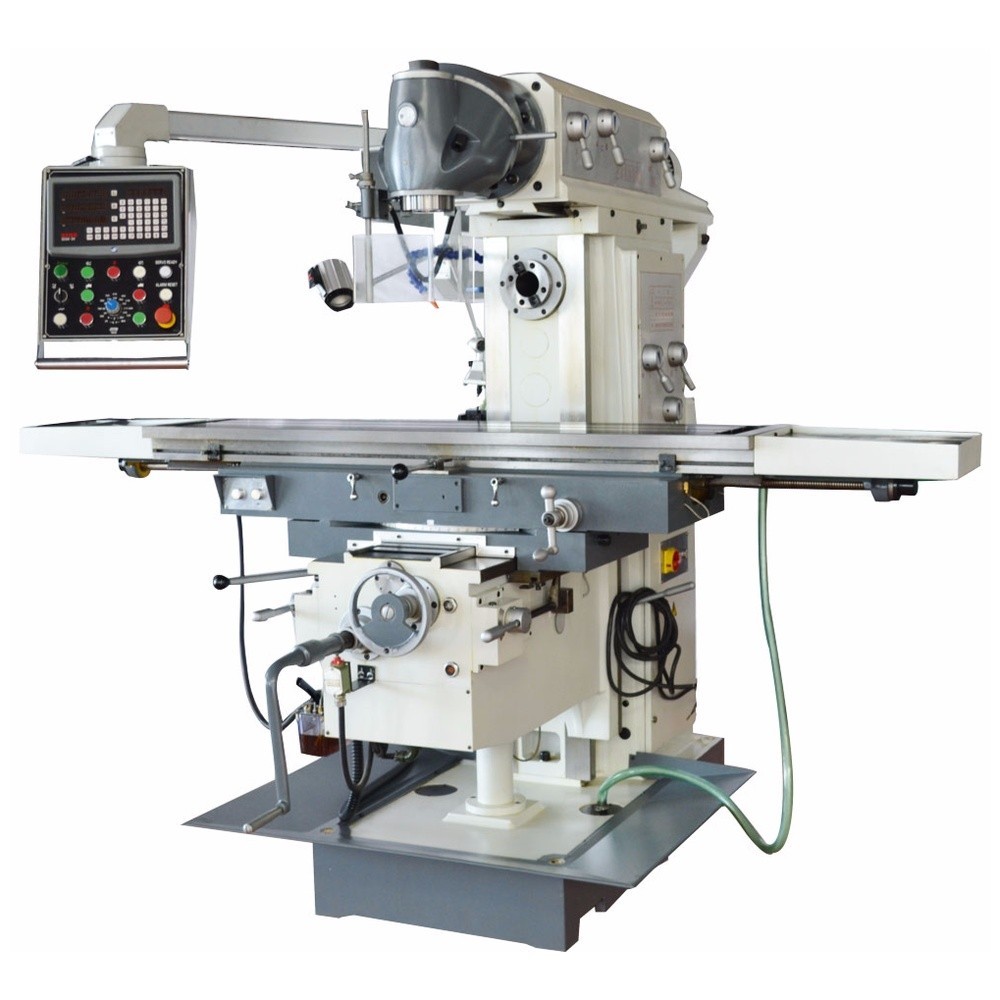
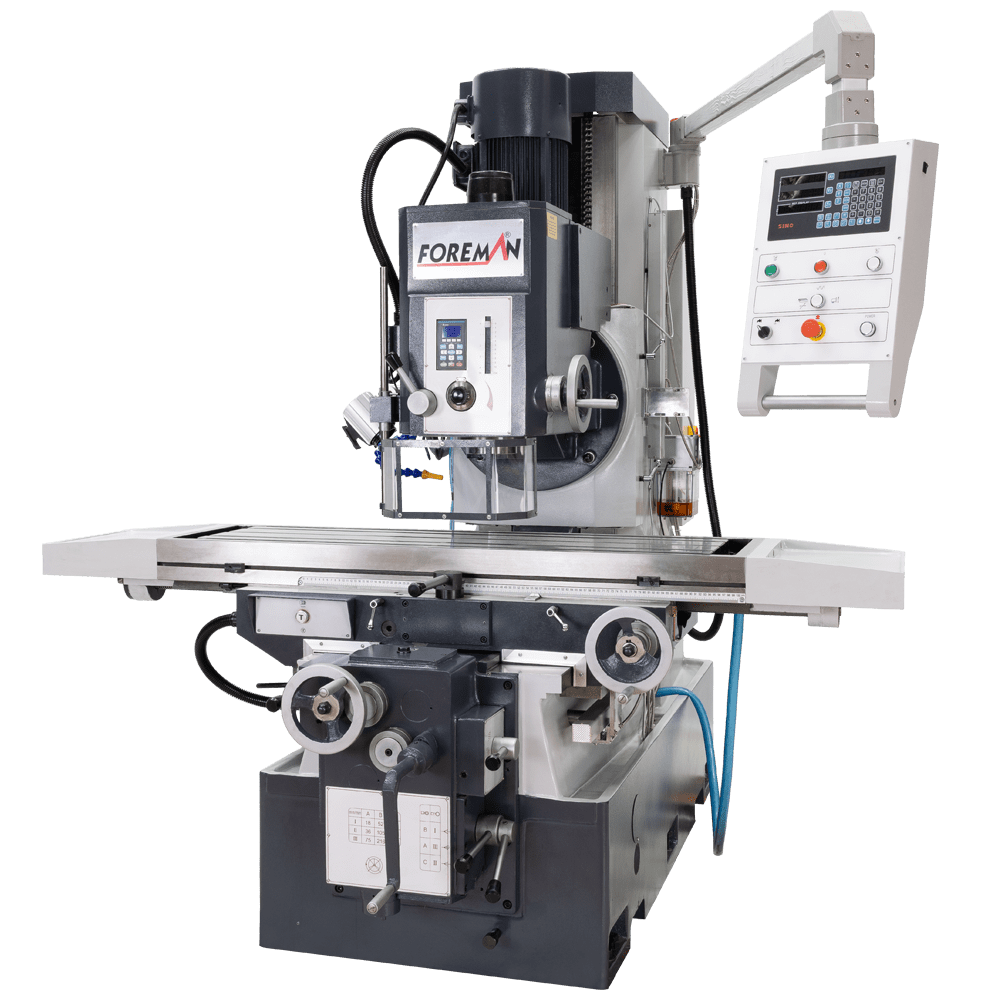
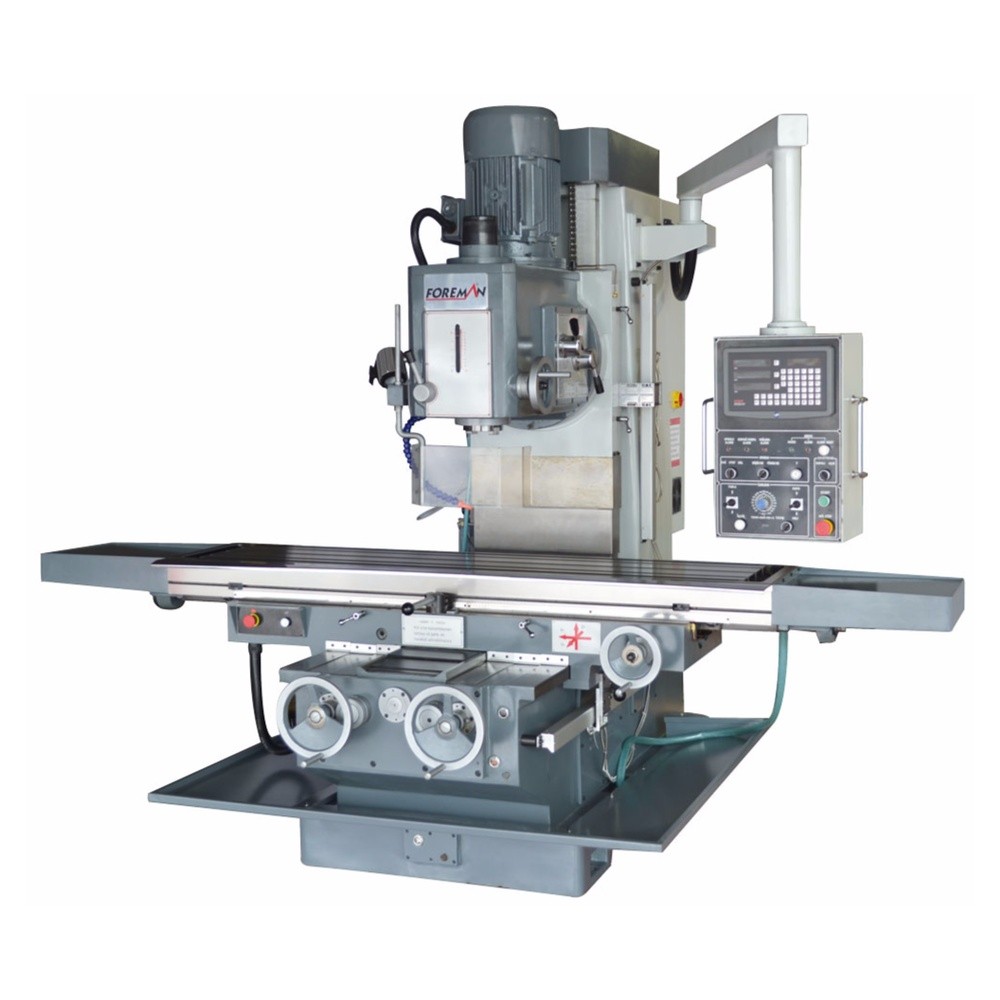
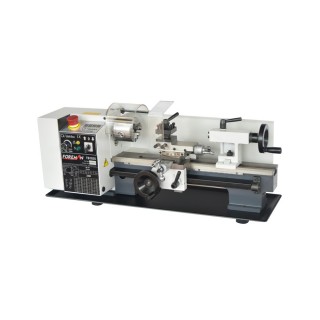
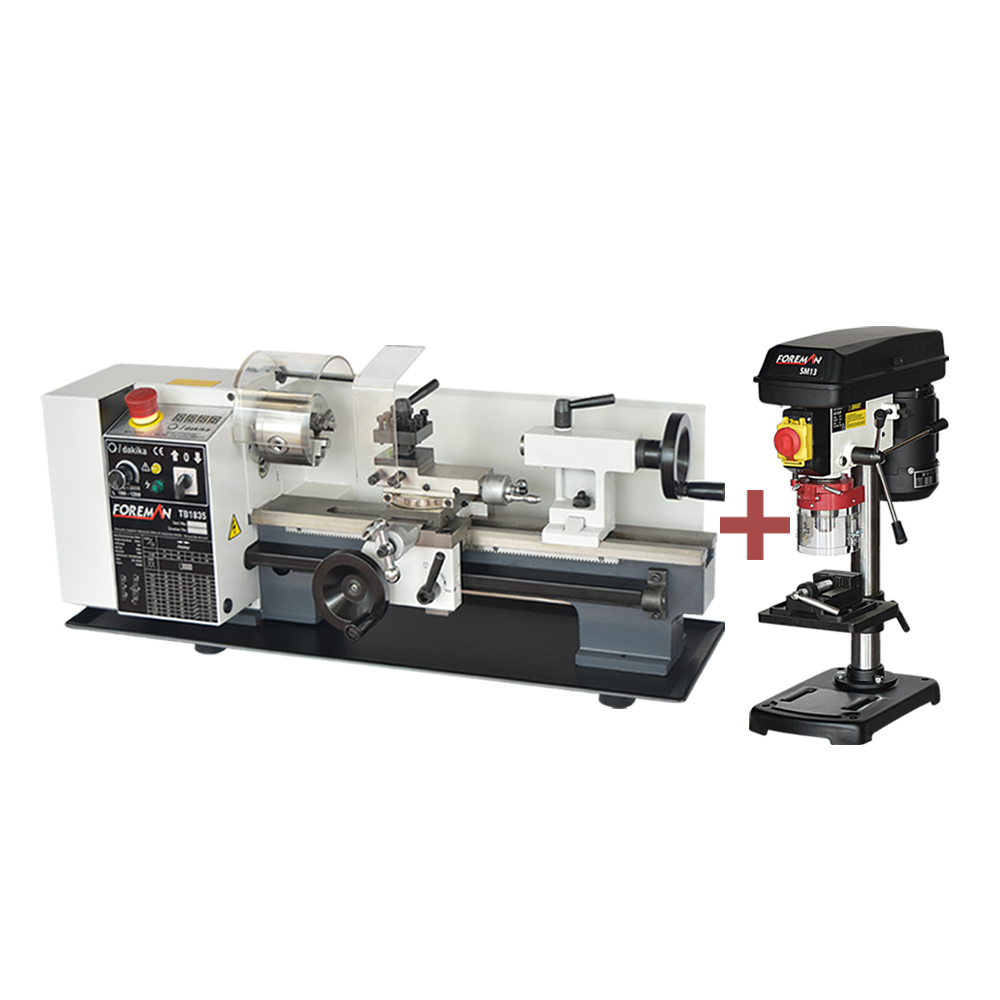
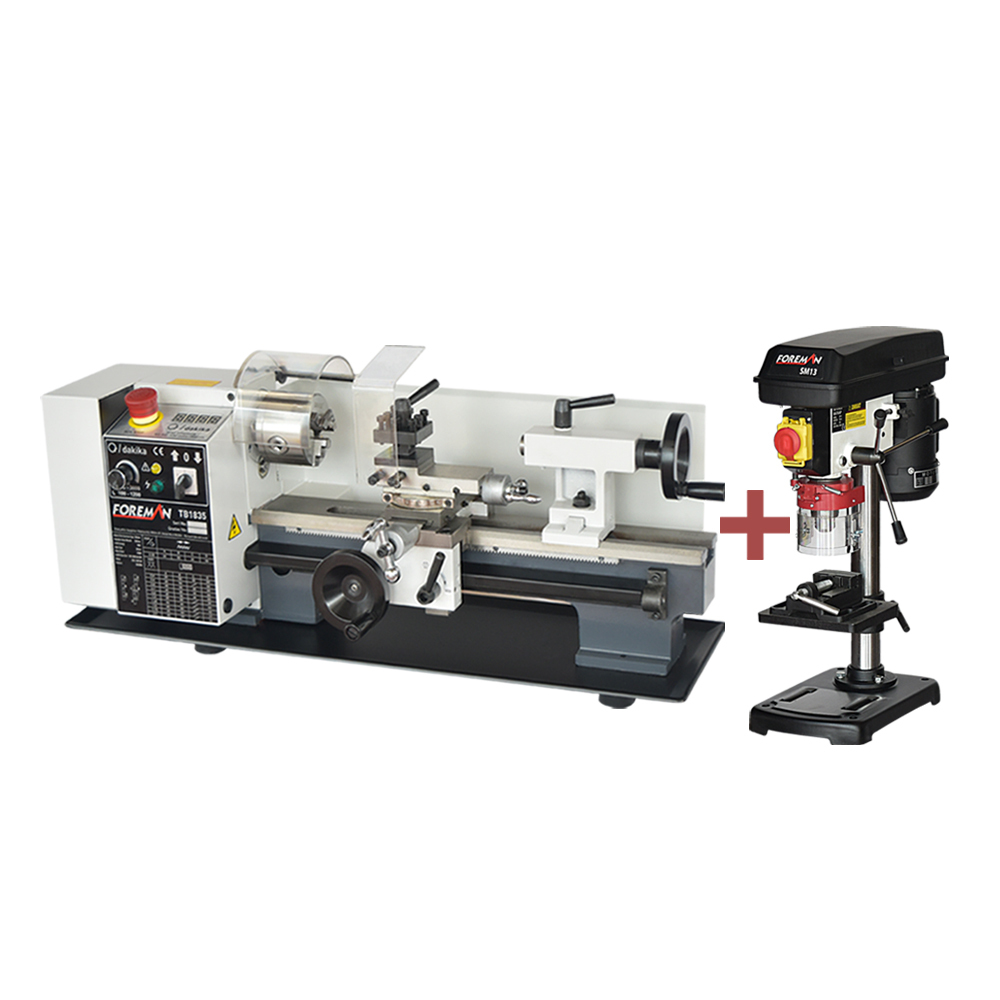
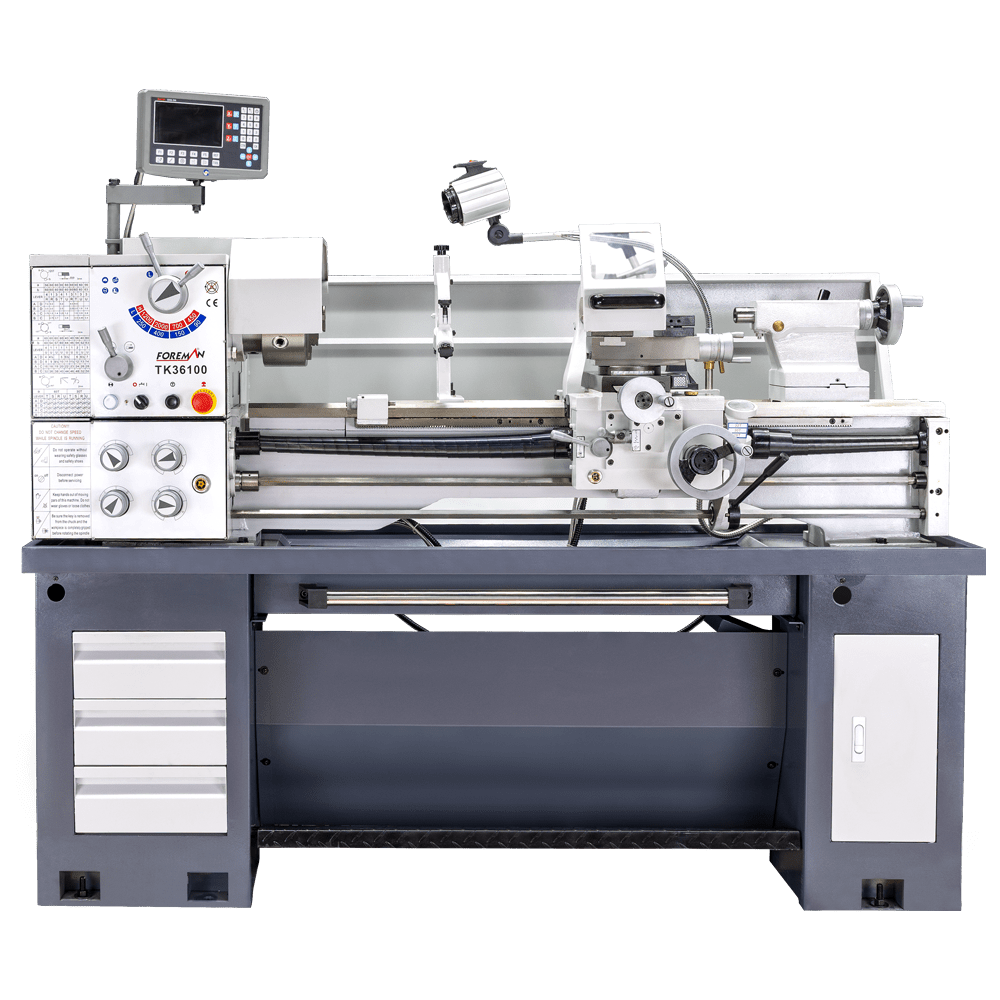
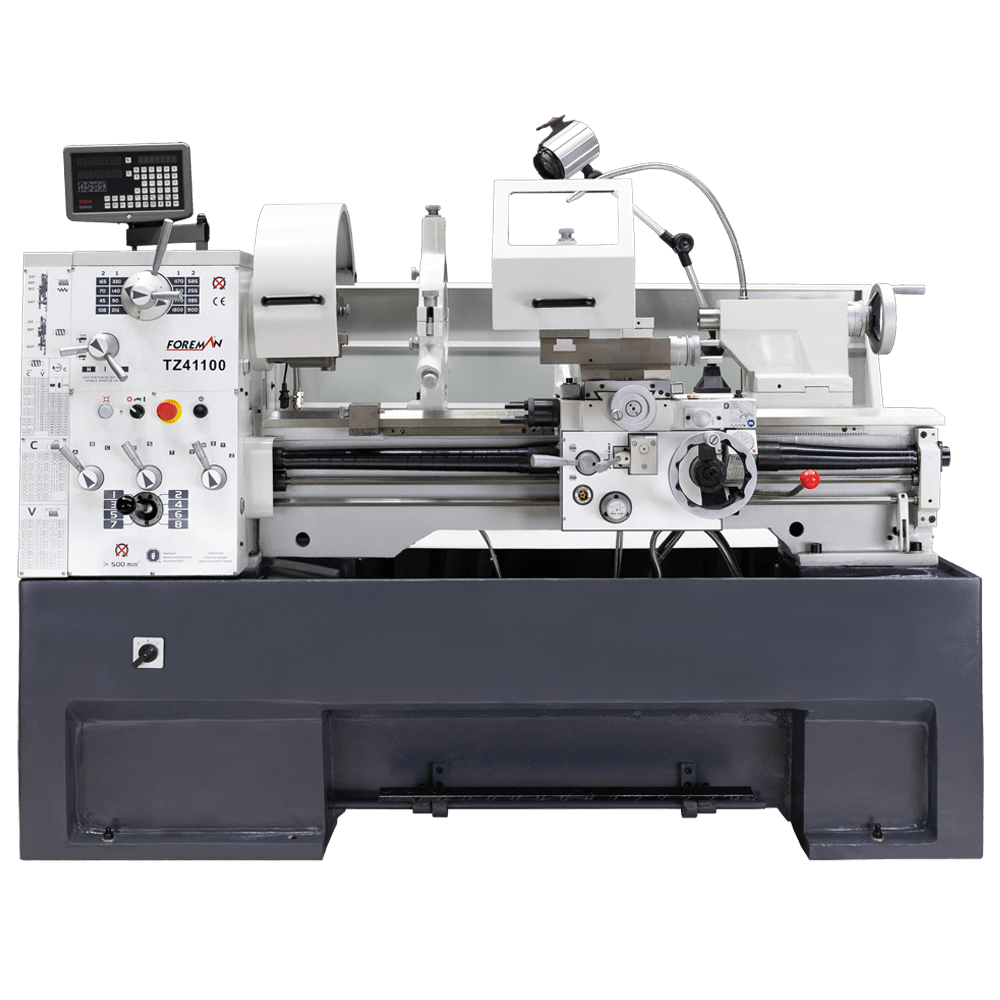
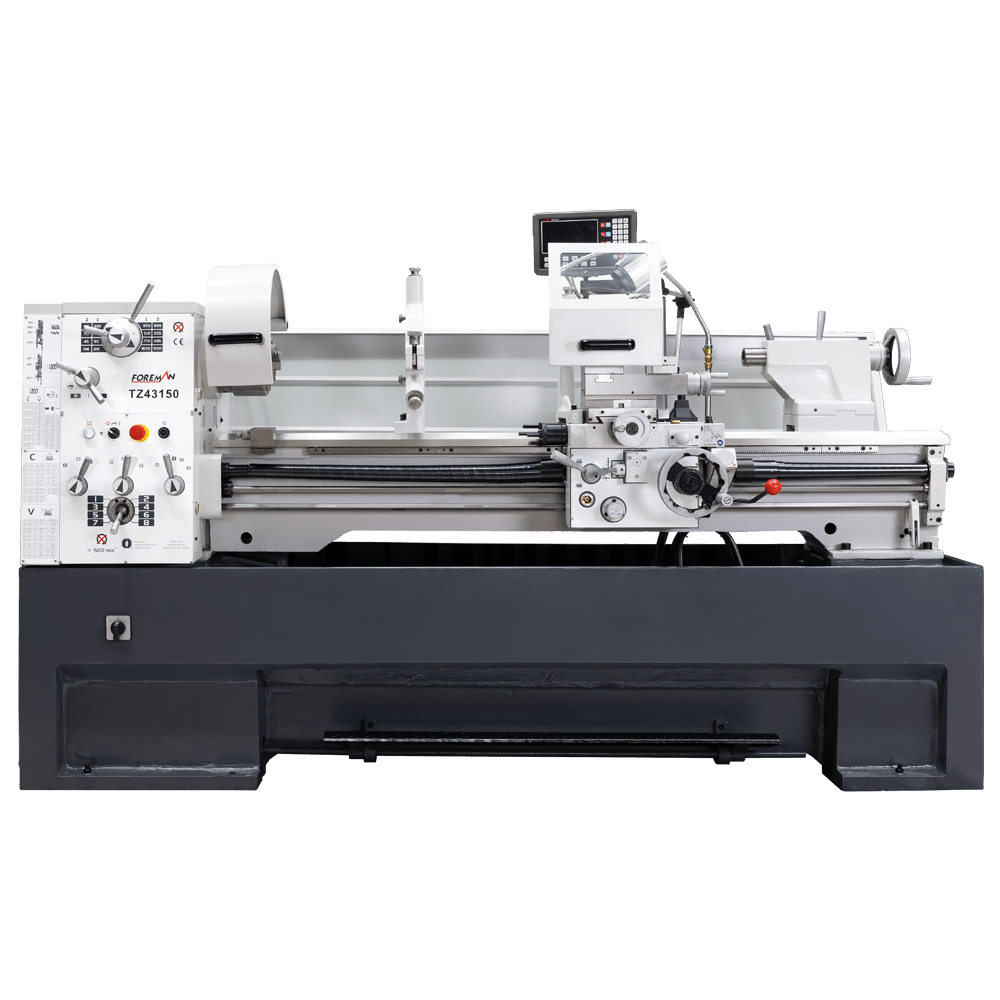
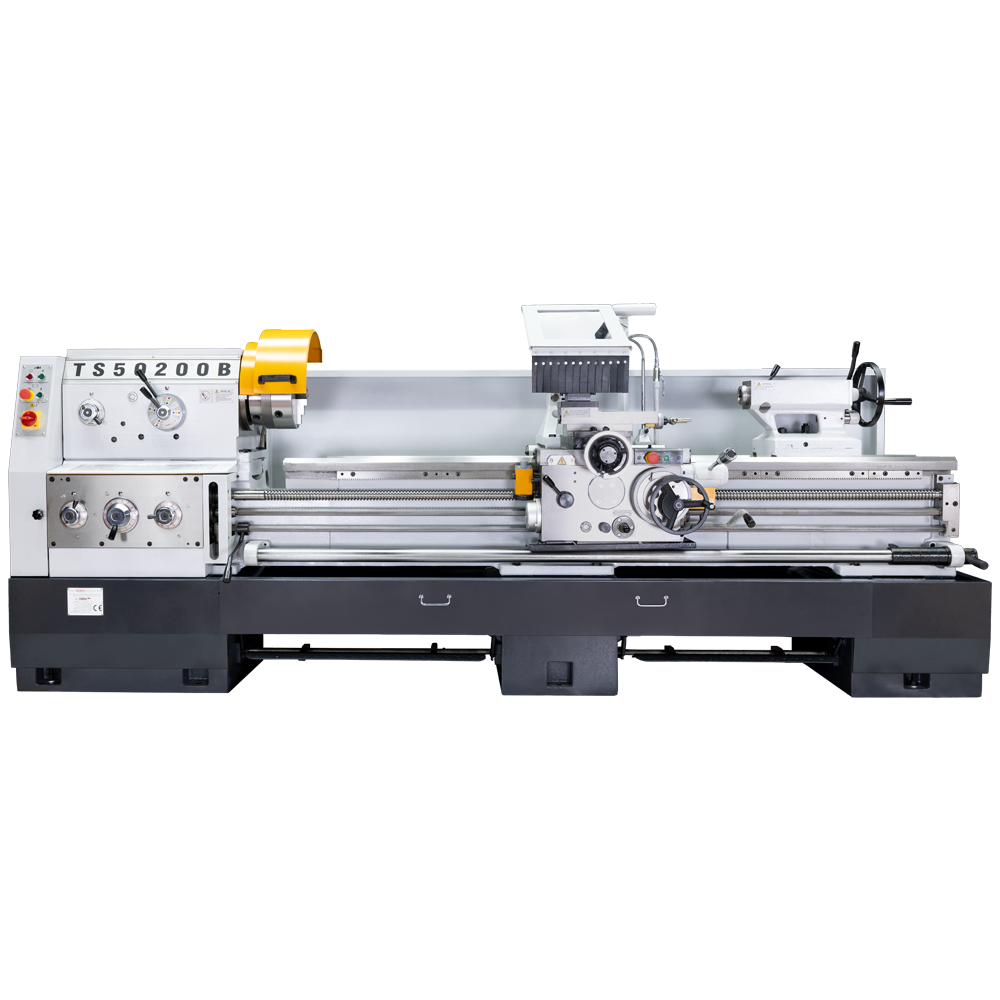
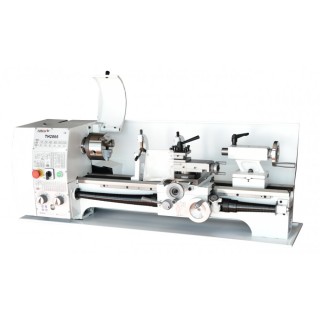
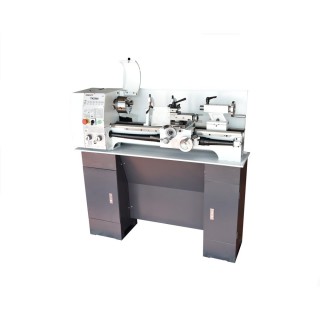
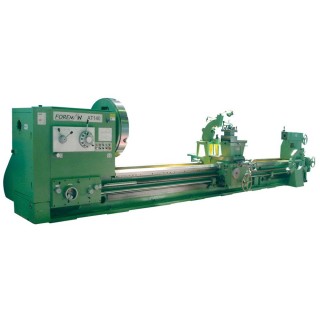
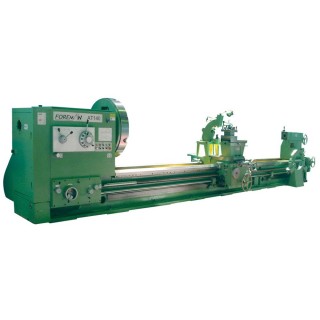
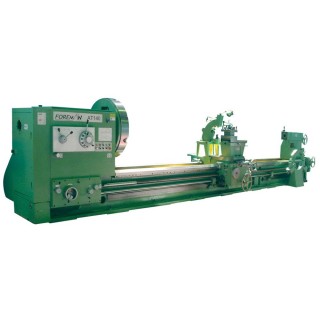
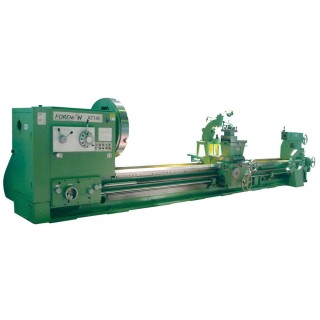
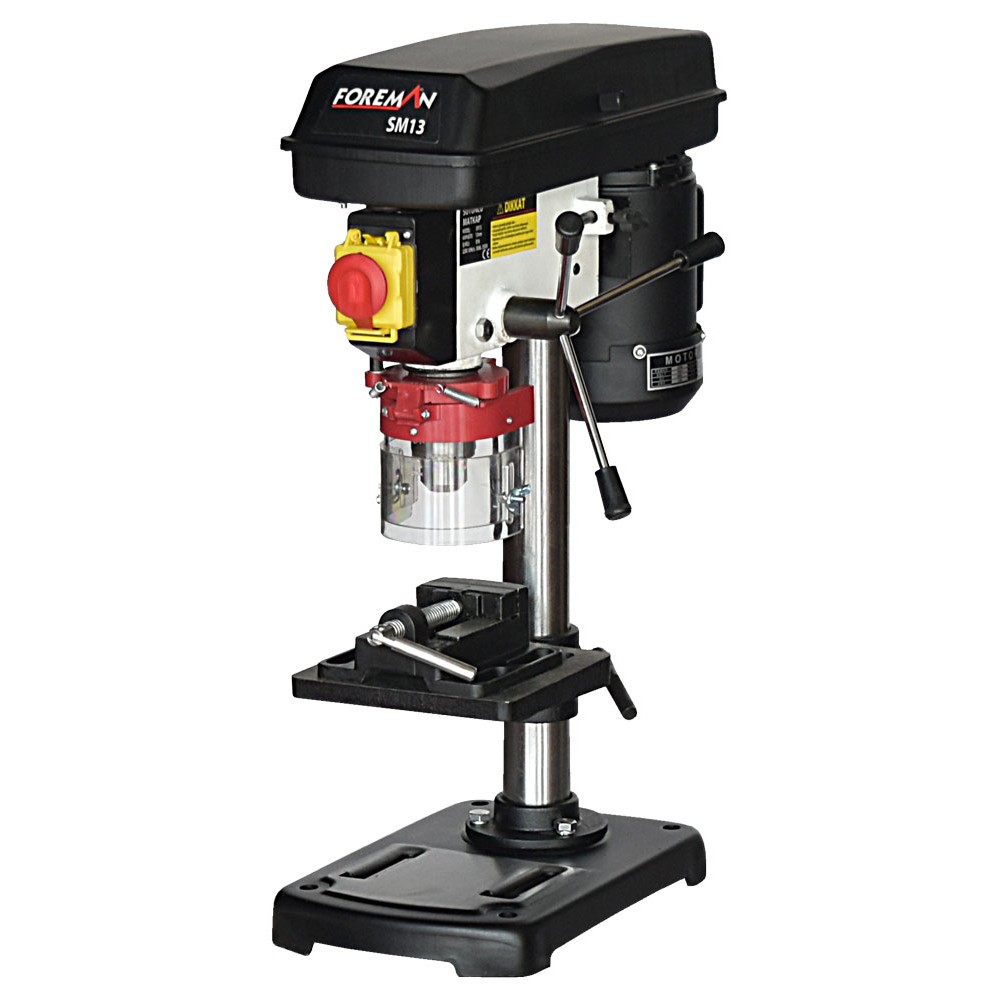
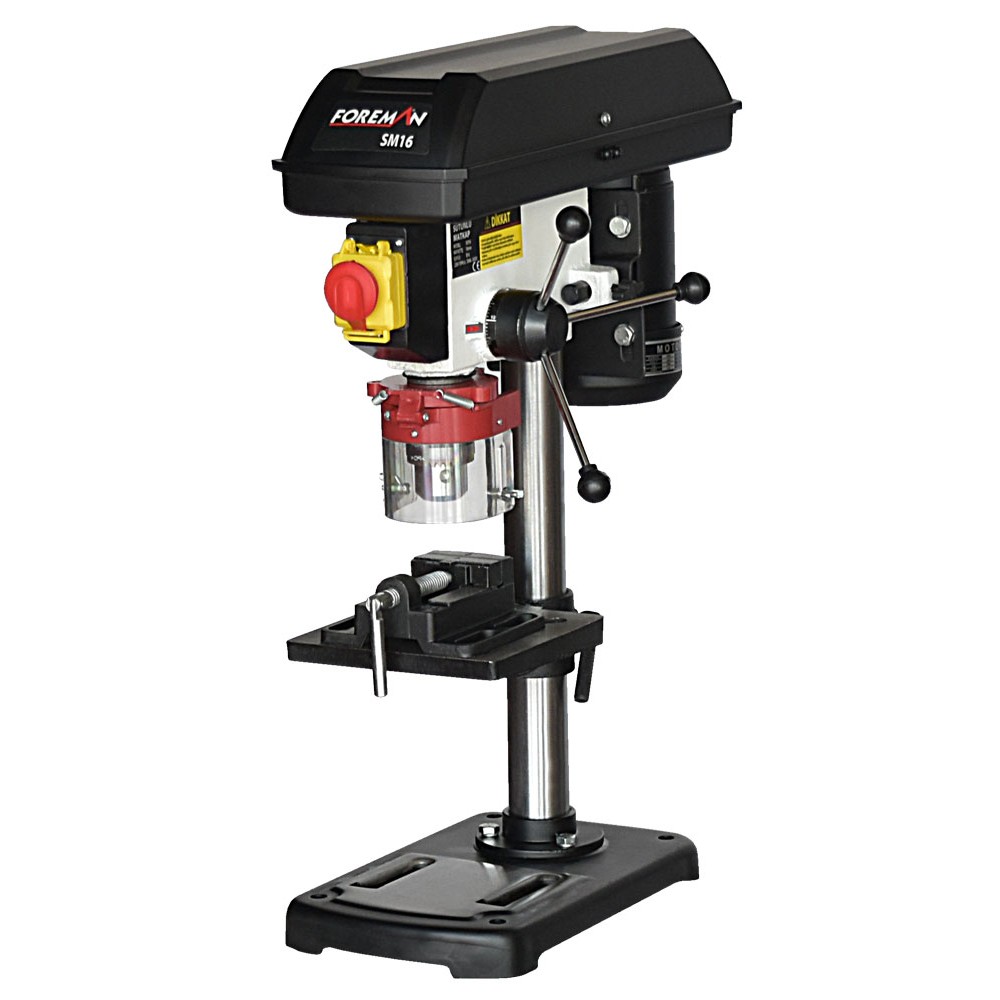
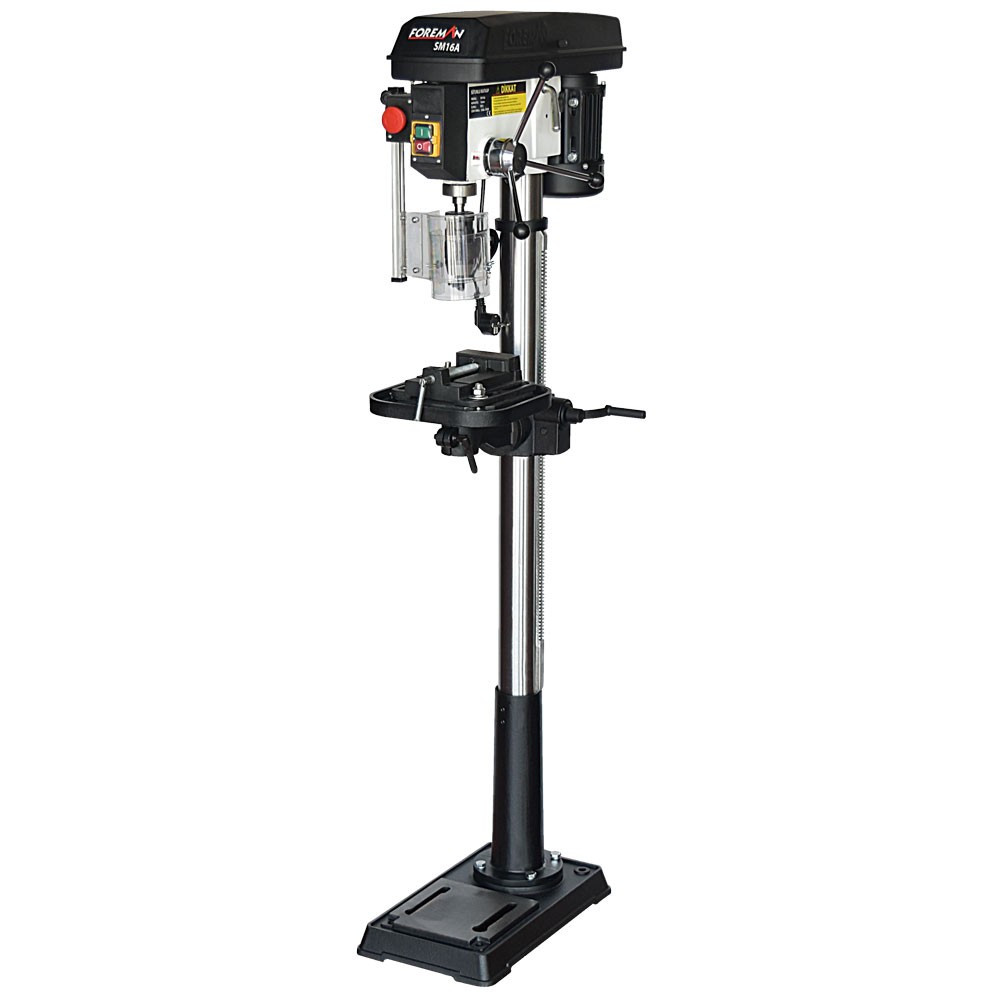
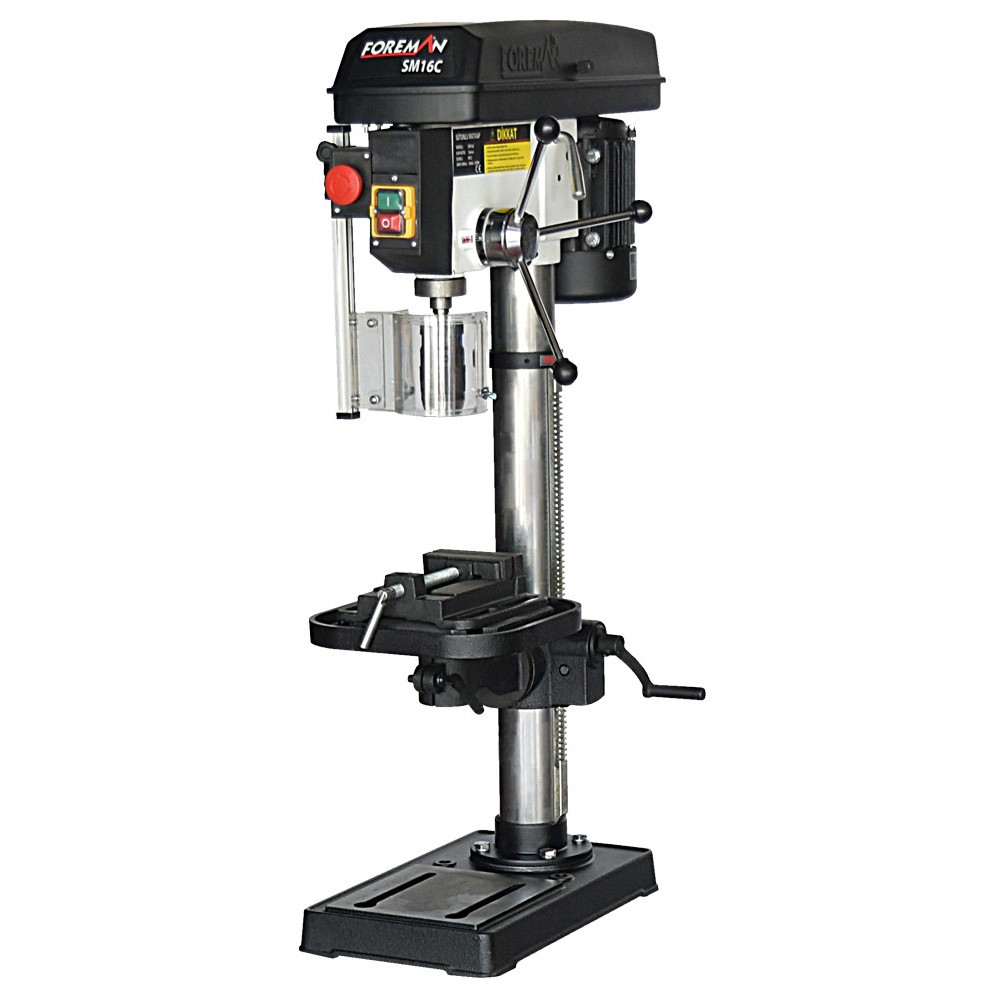
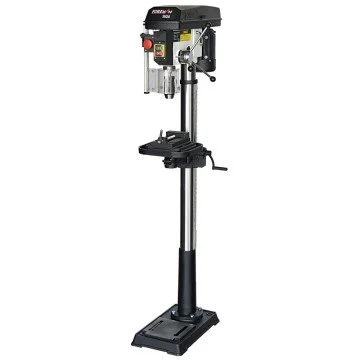
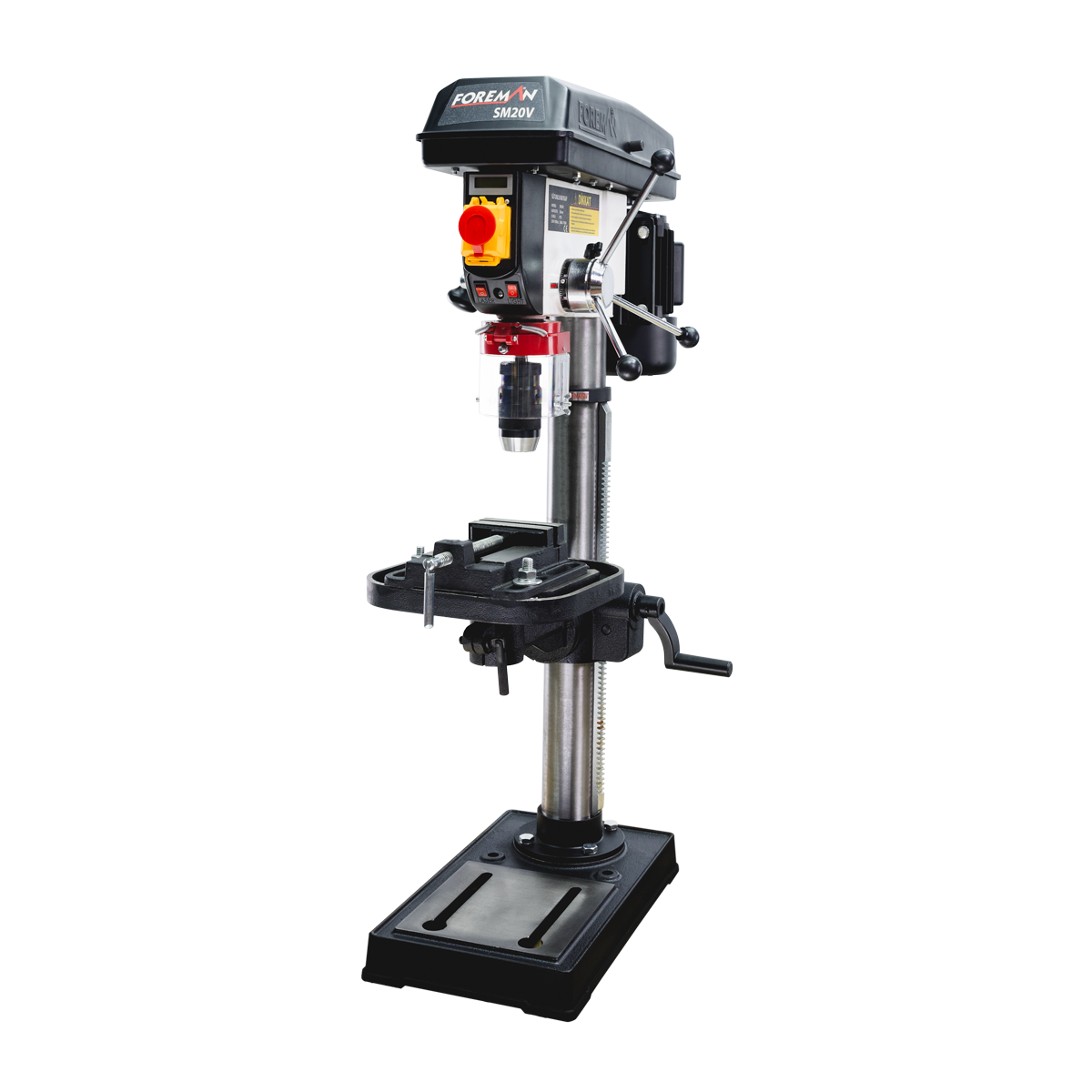
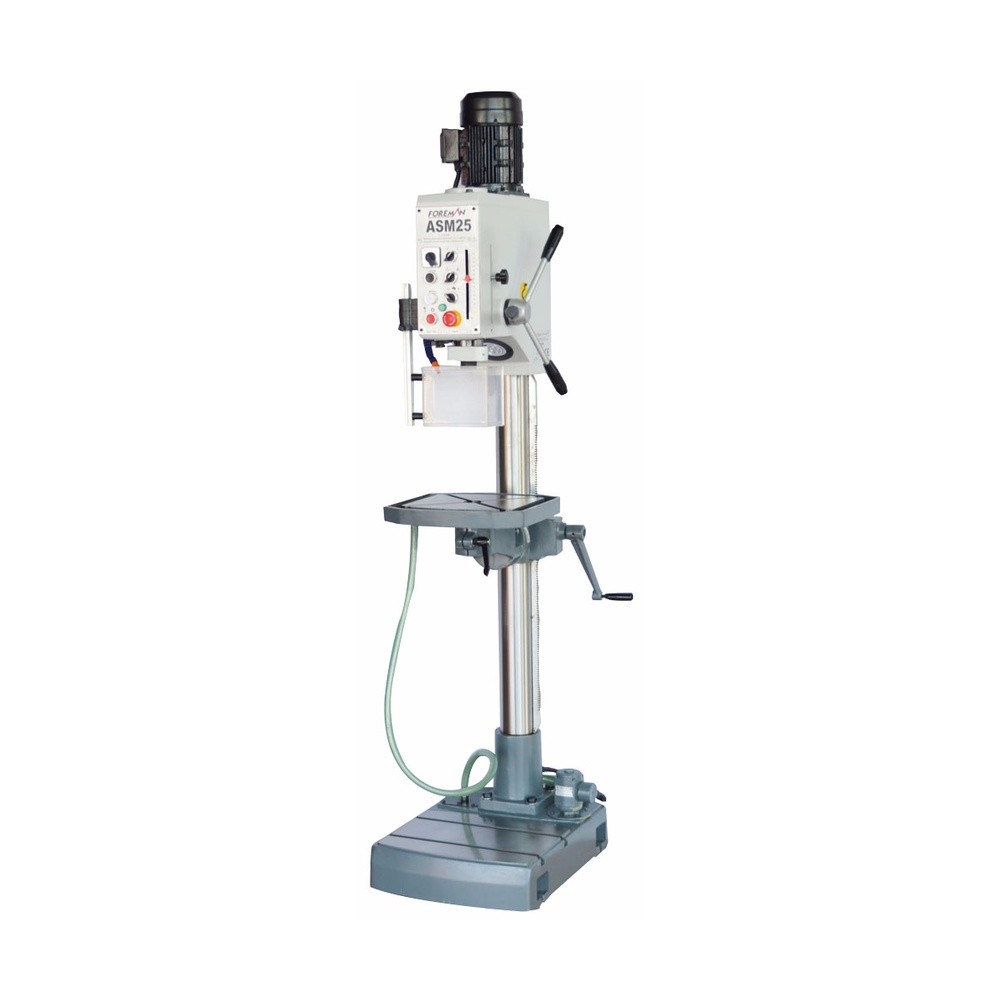
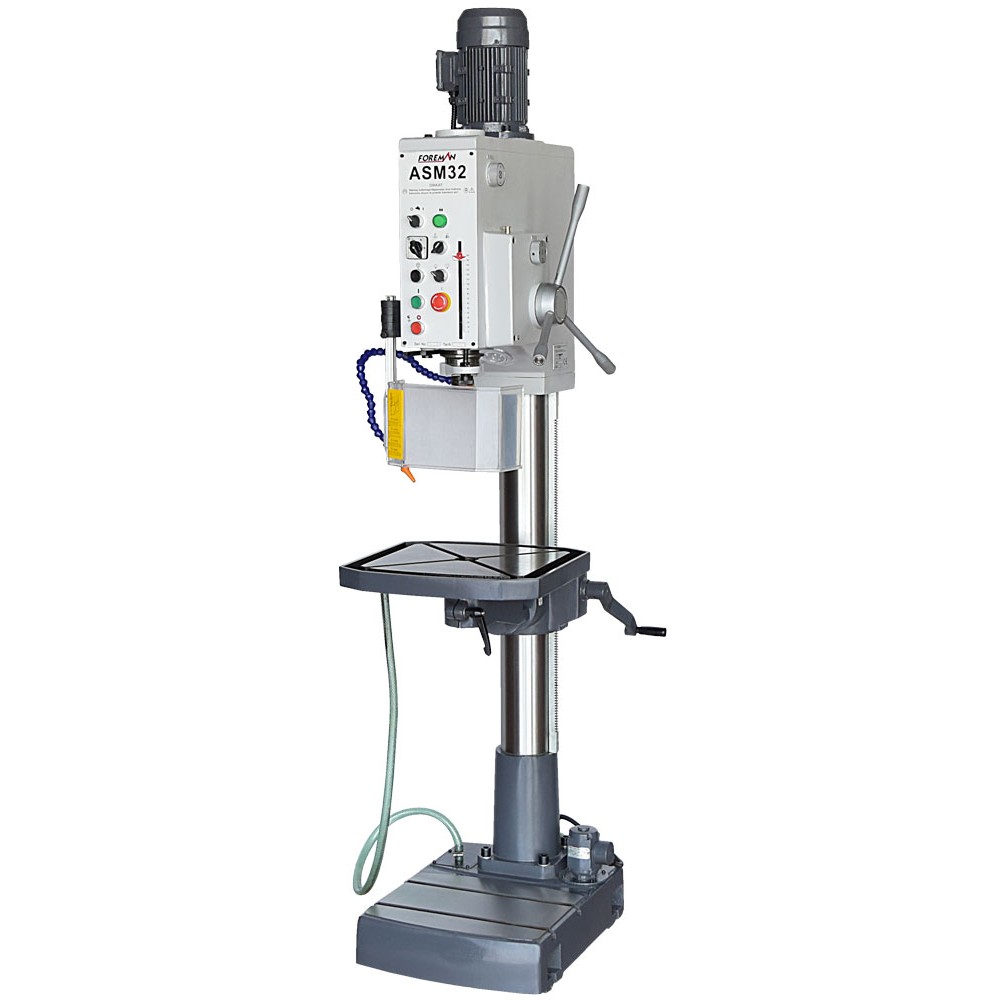
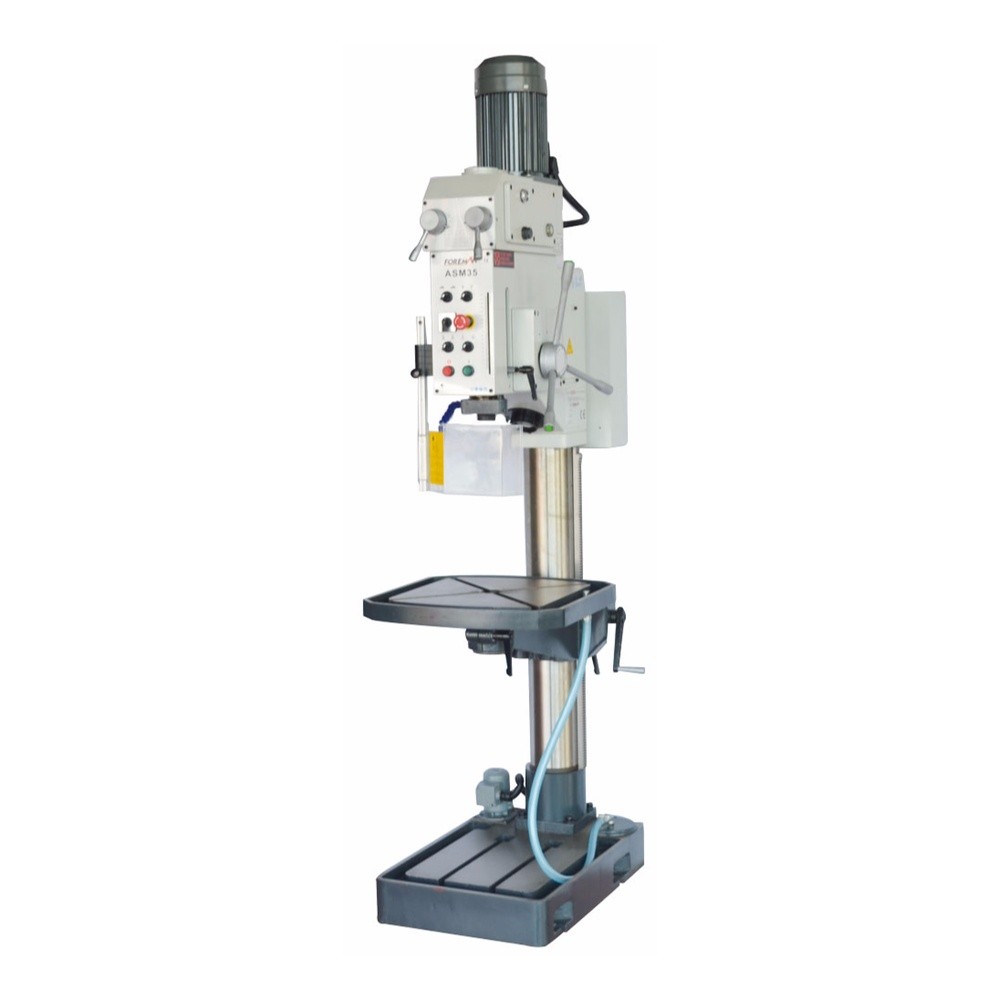
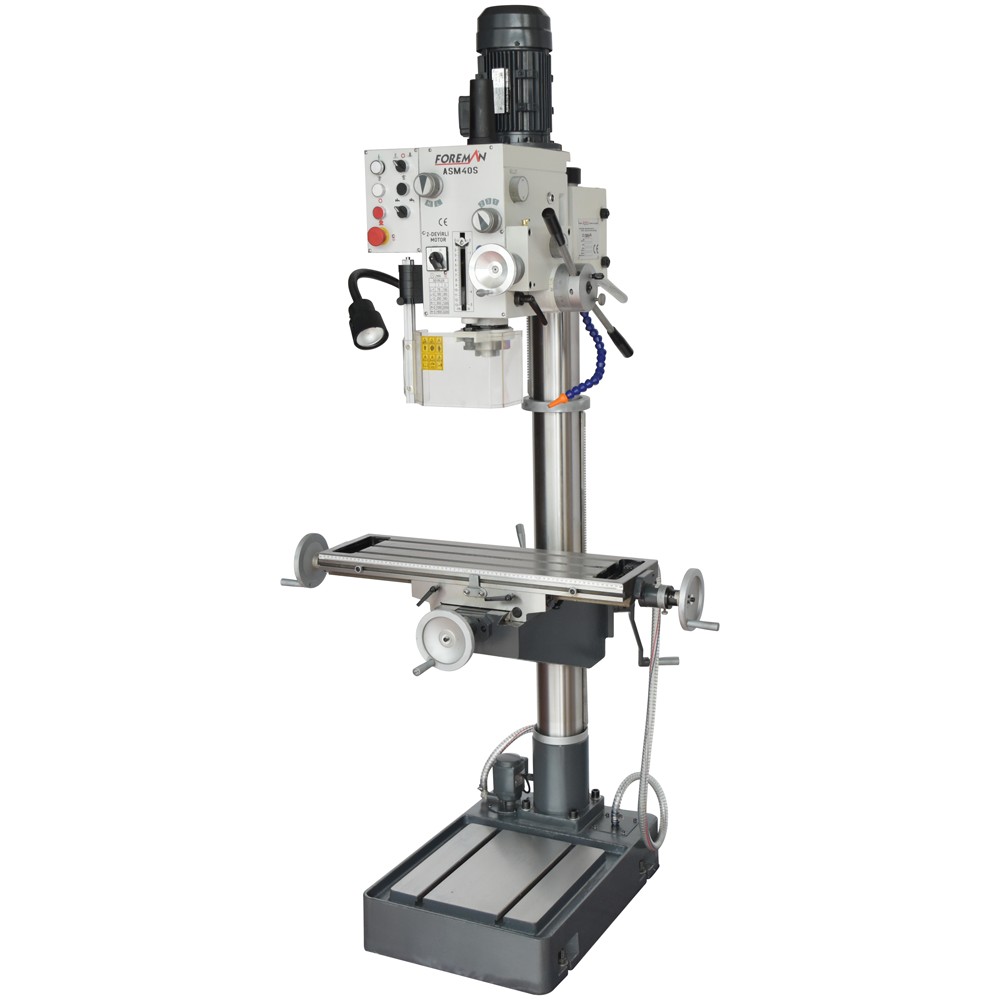
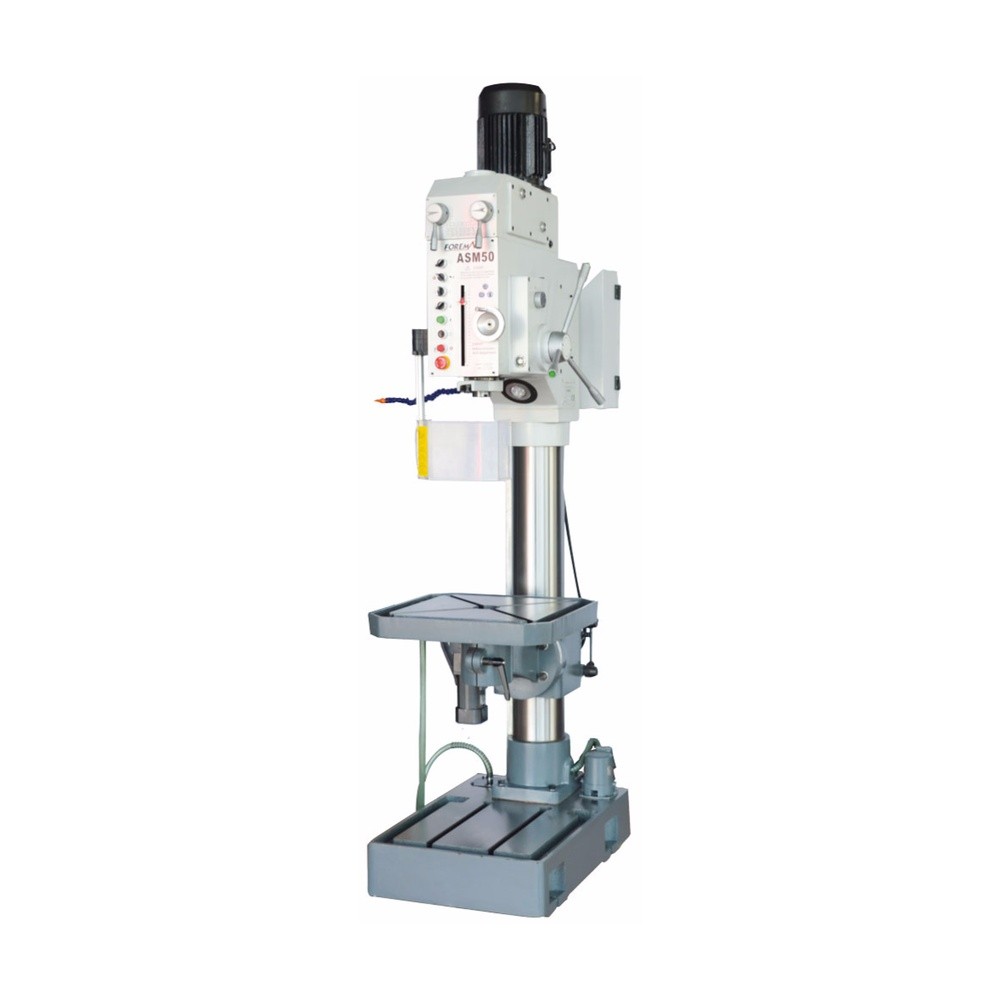
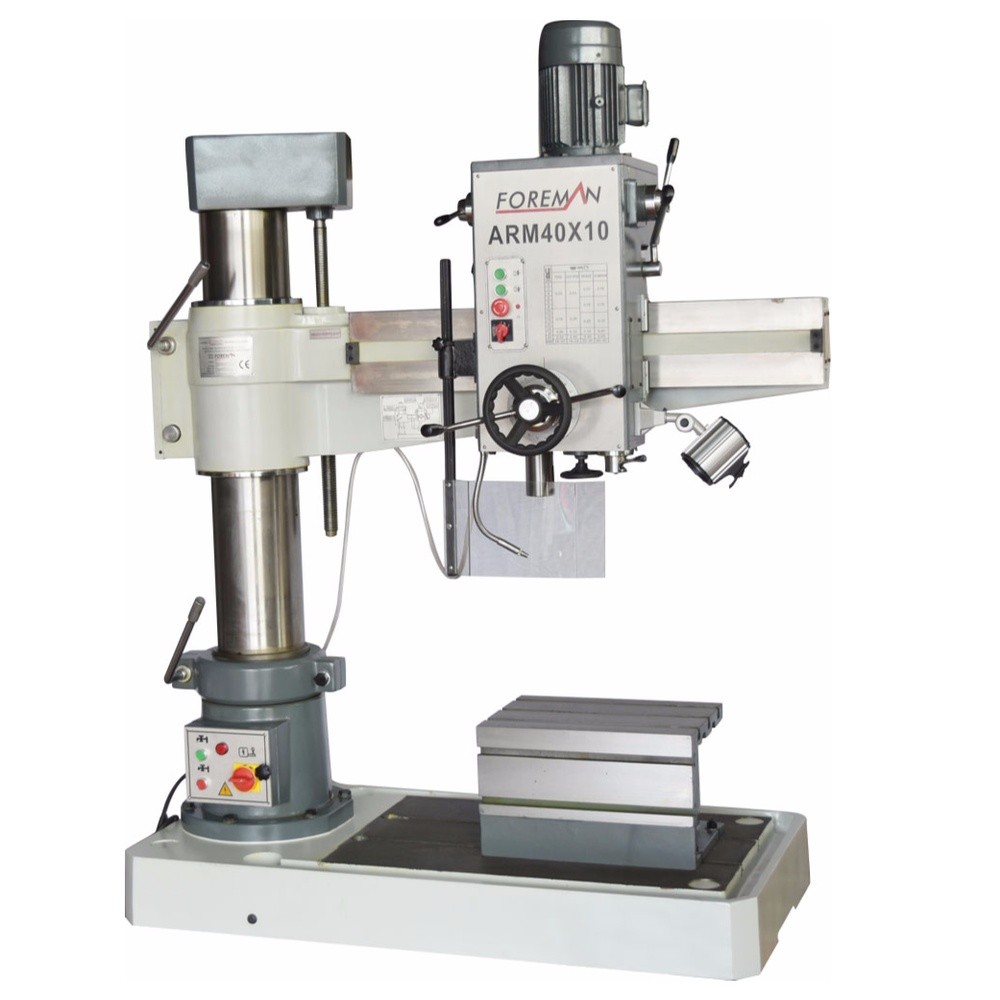
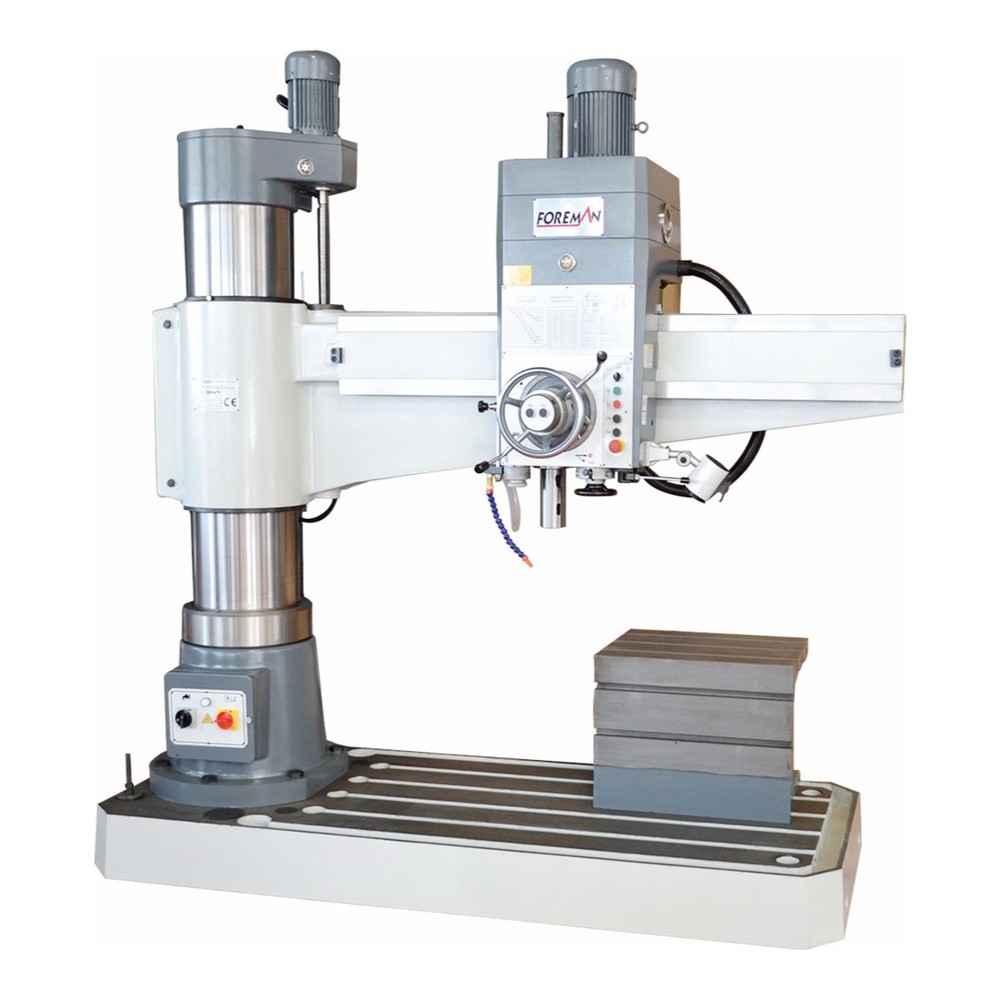
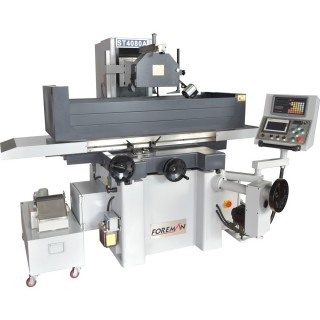
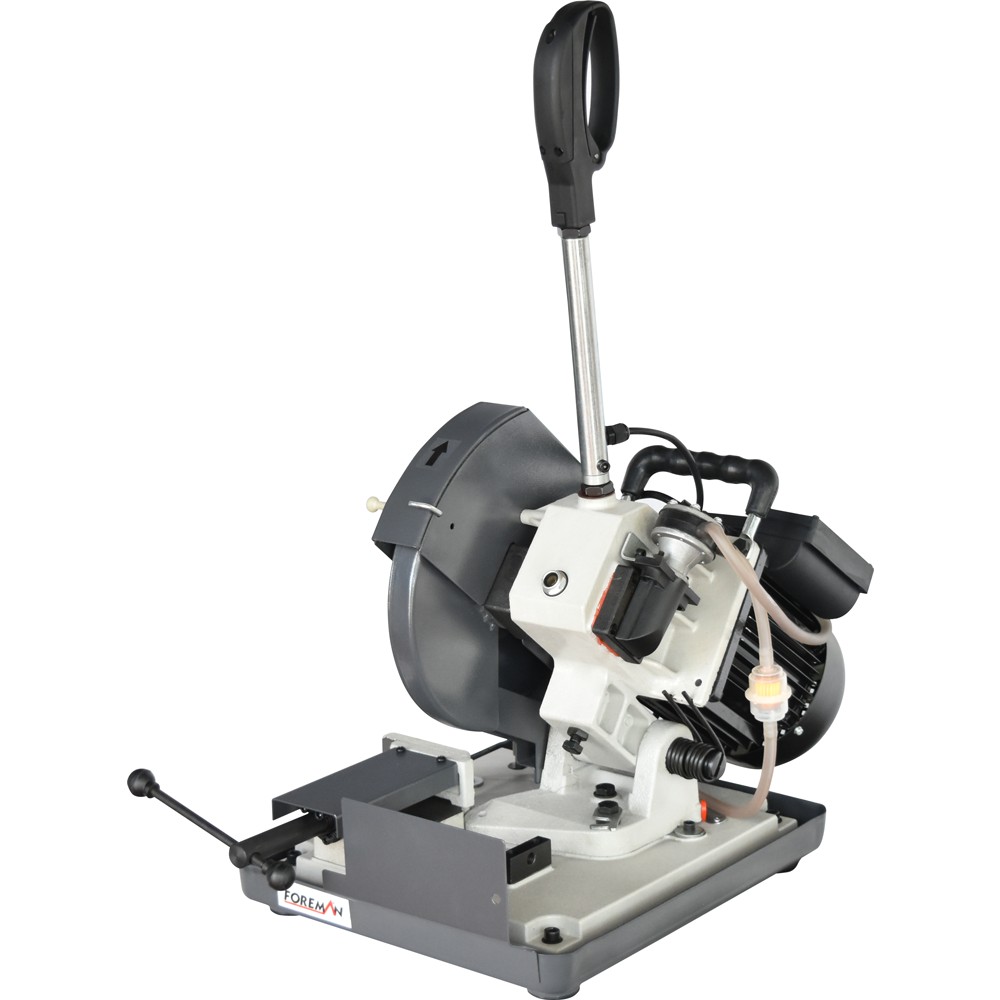
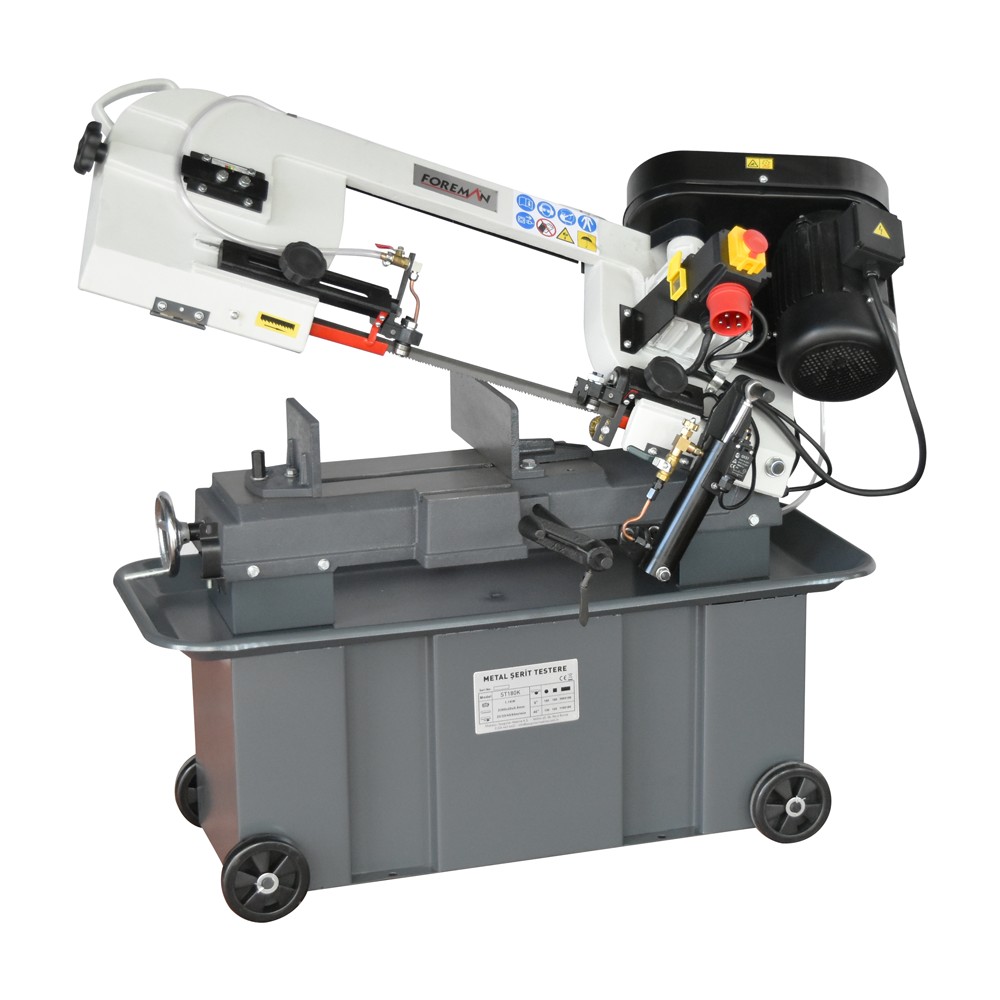
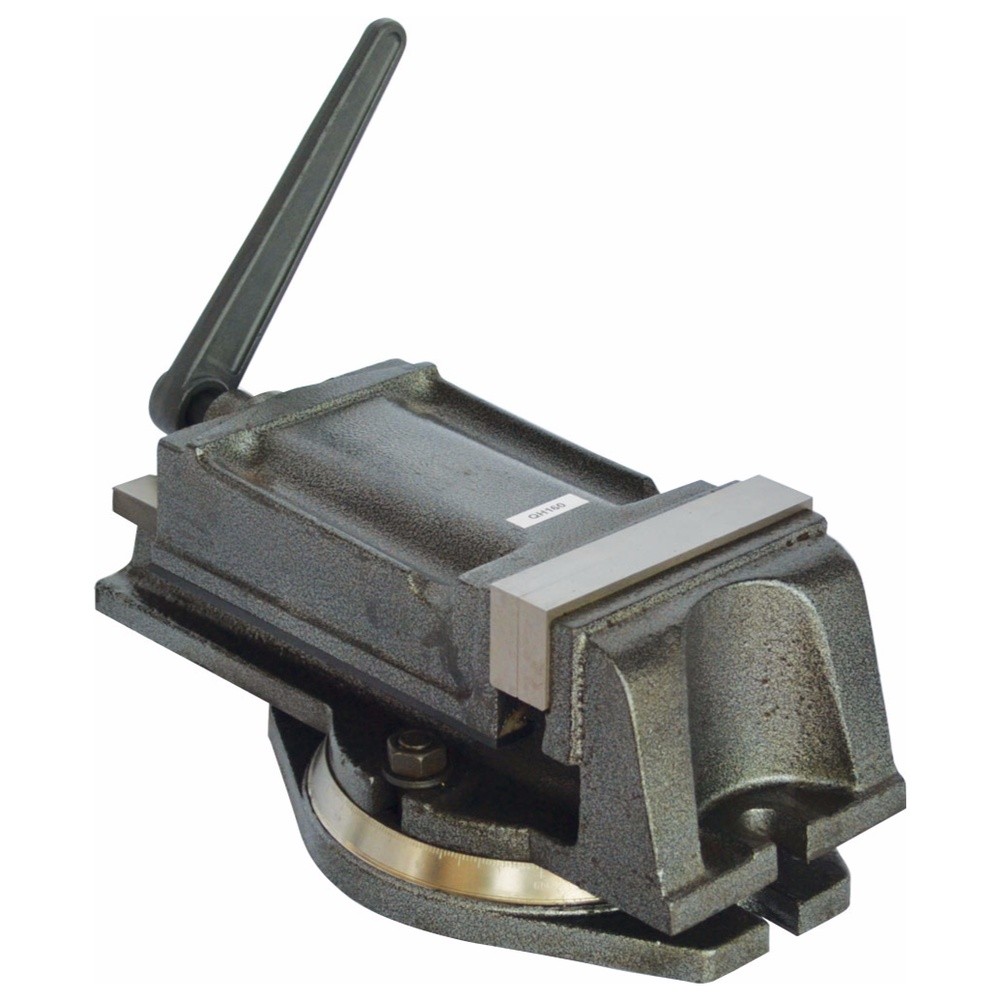
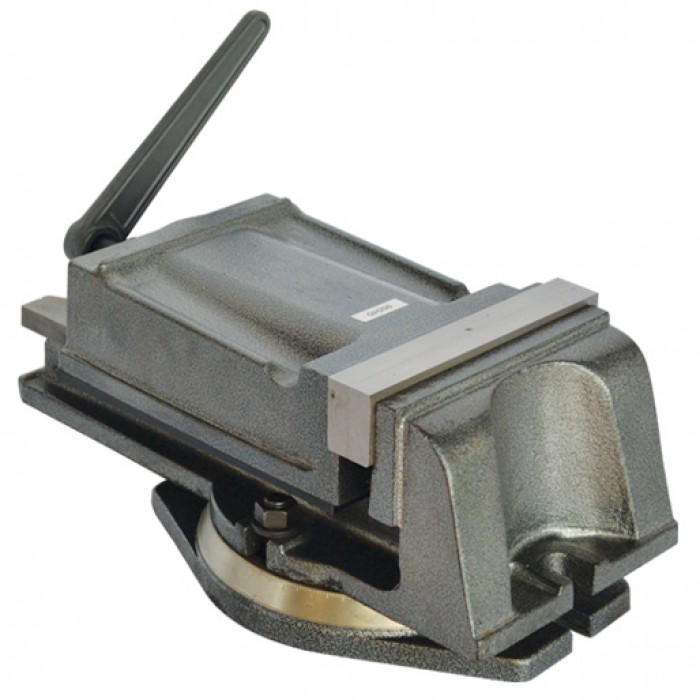
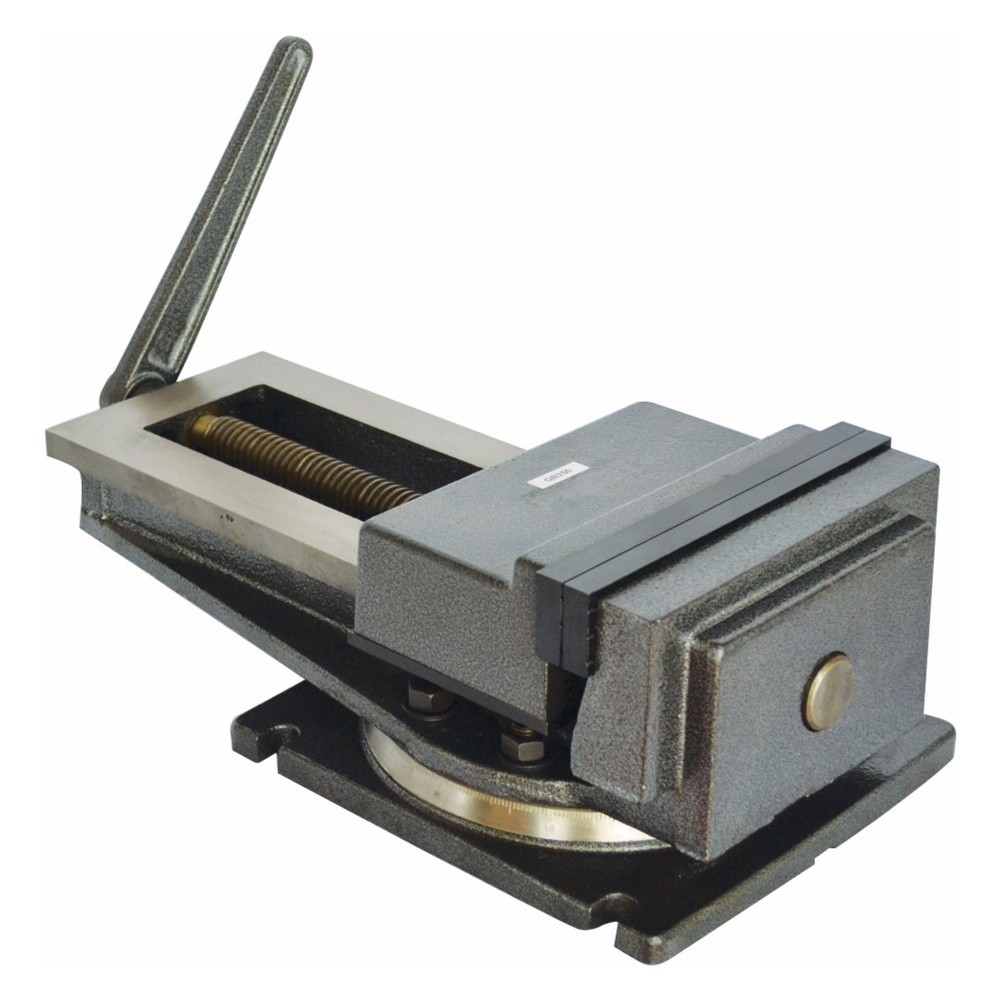
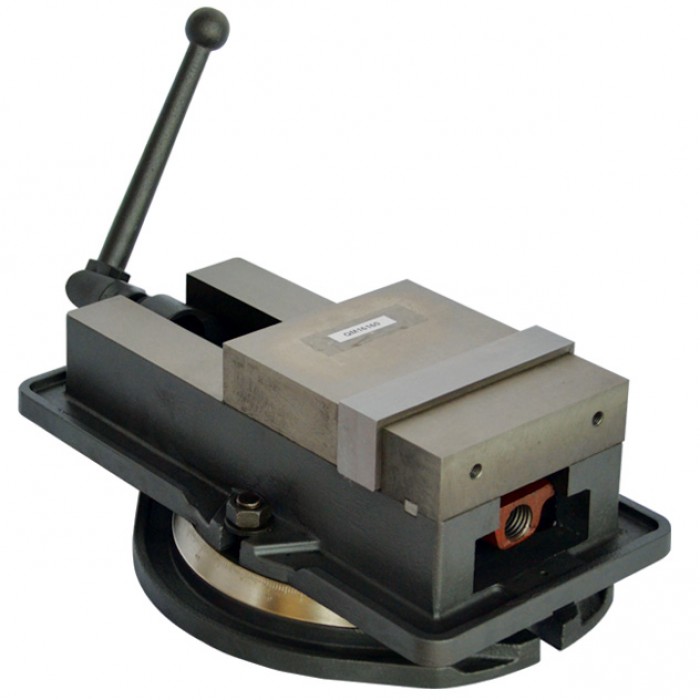
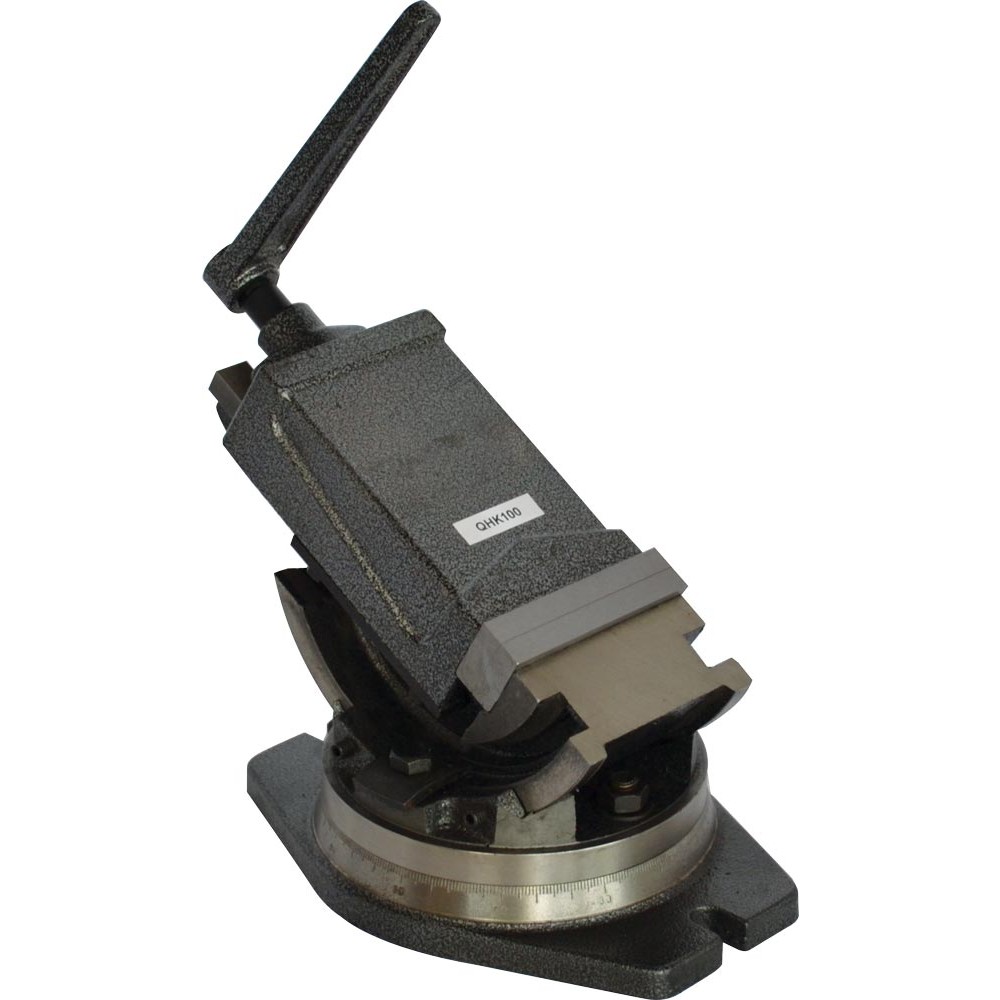
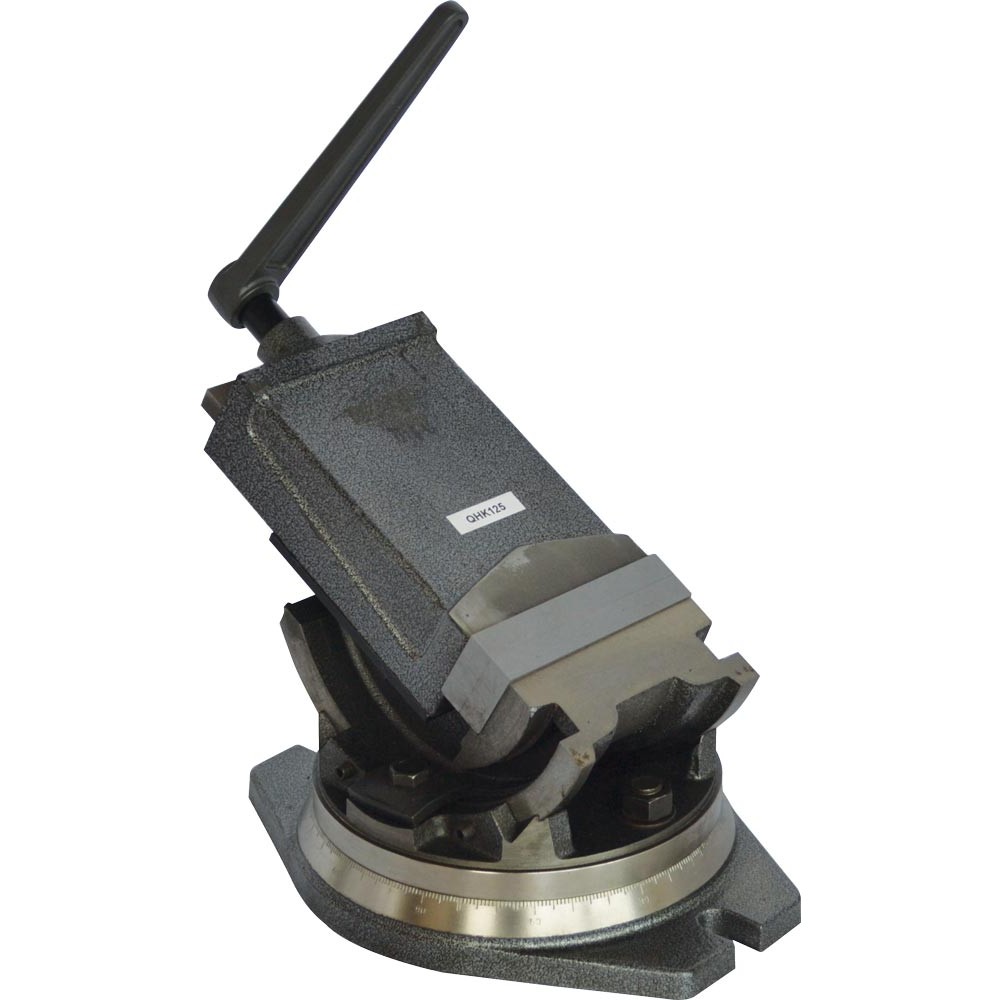
_zkmmzopp1k.jpg)
